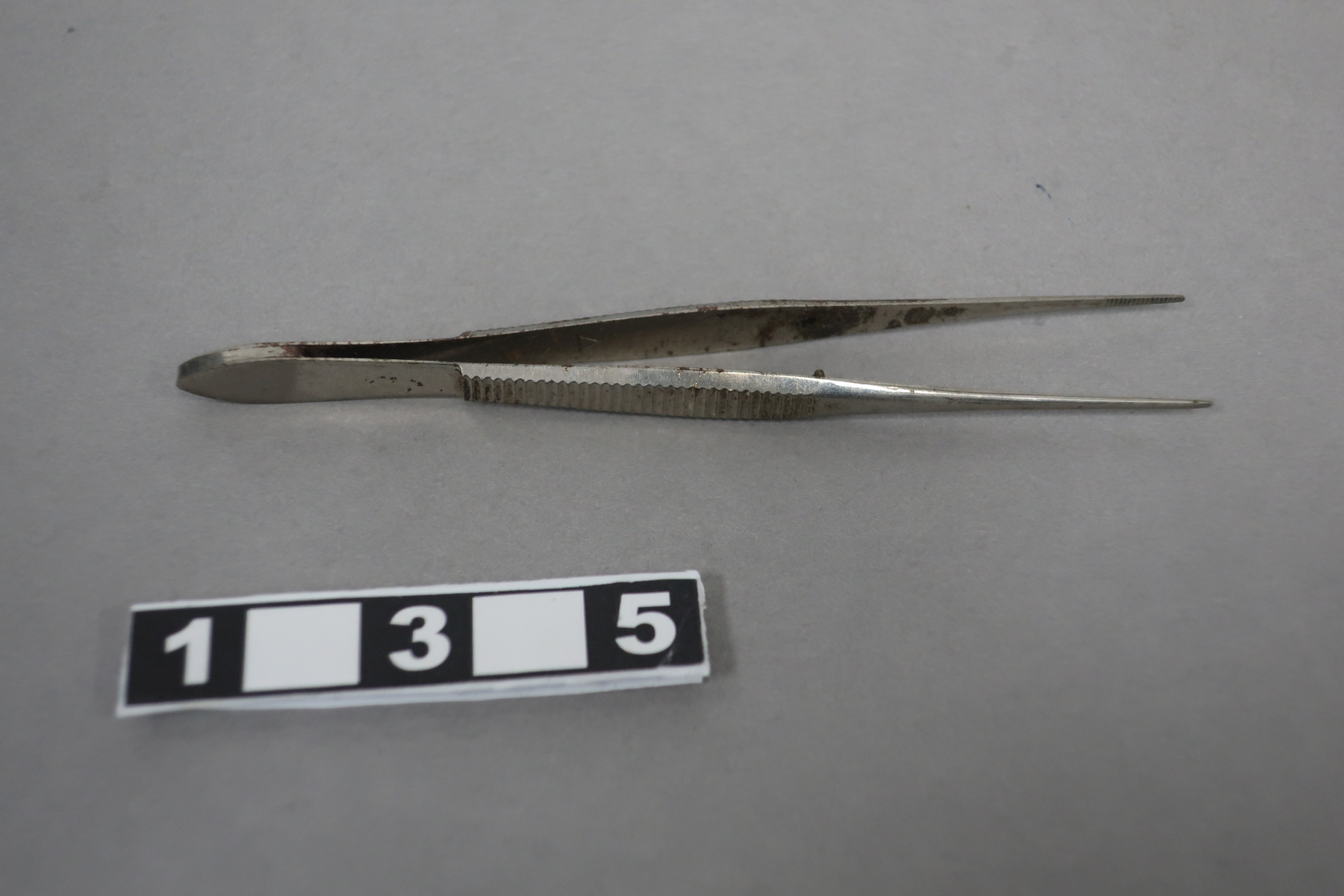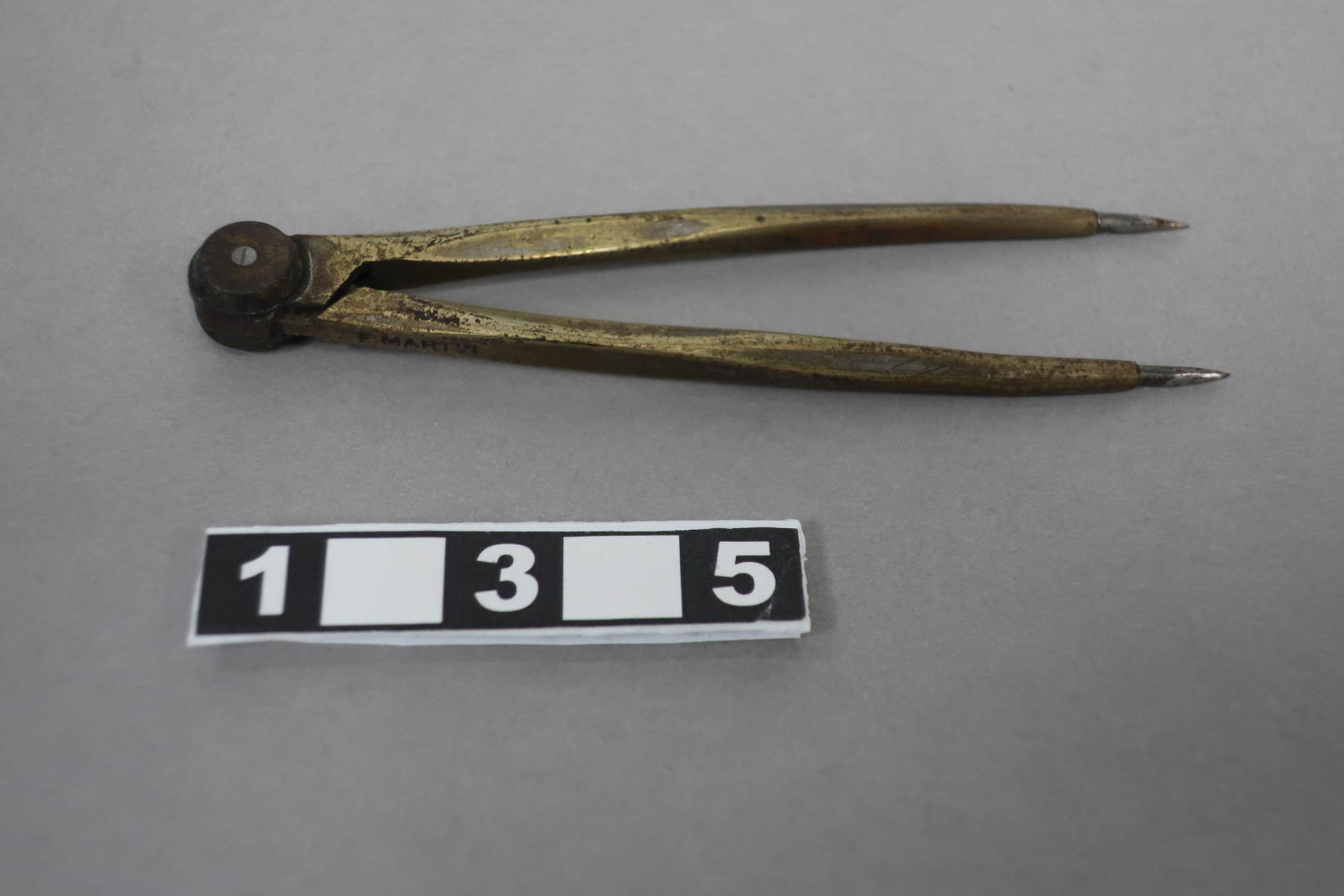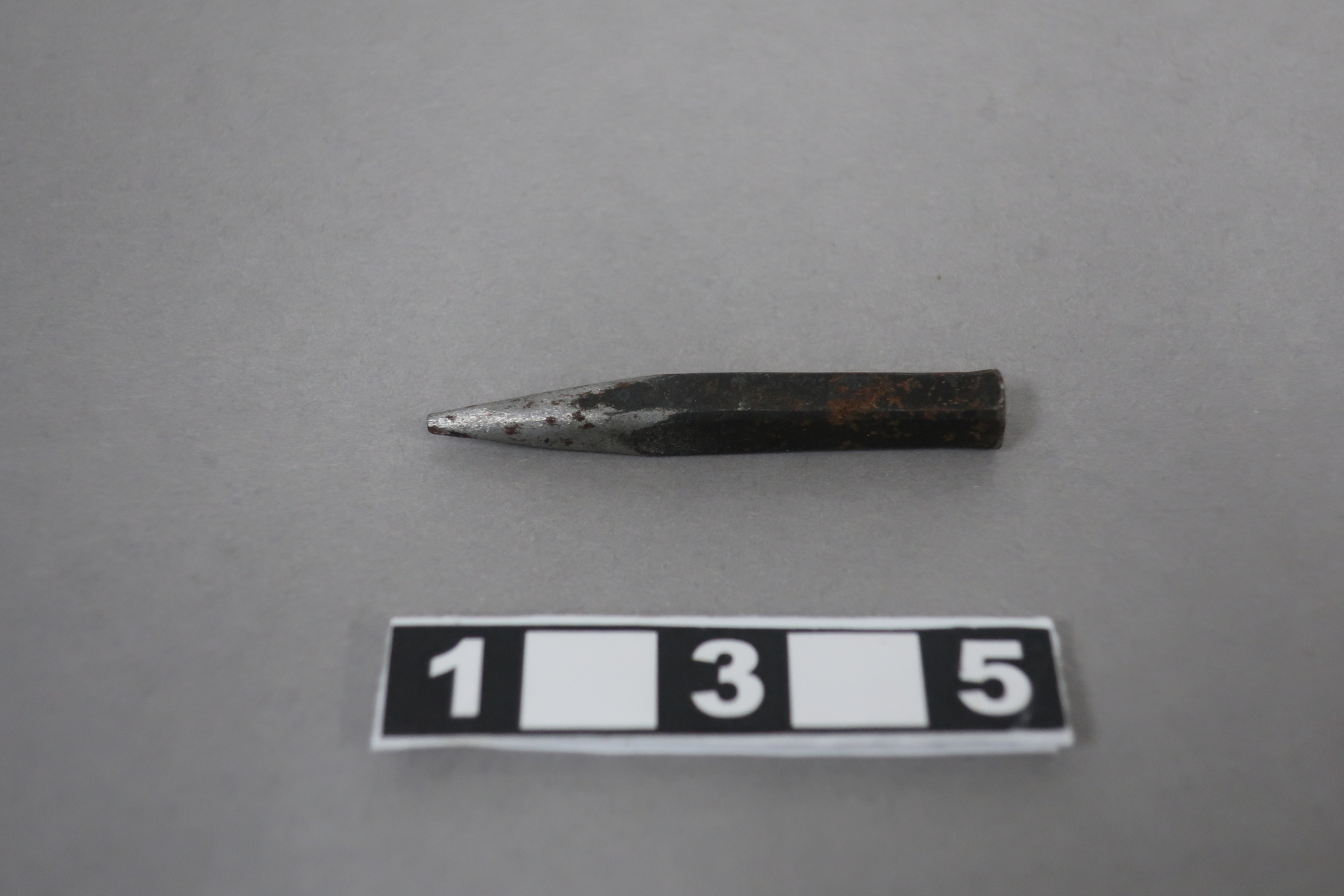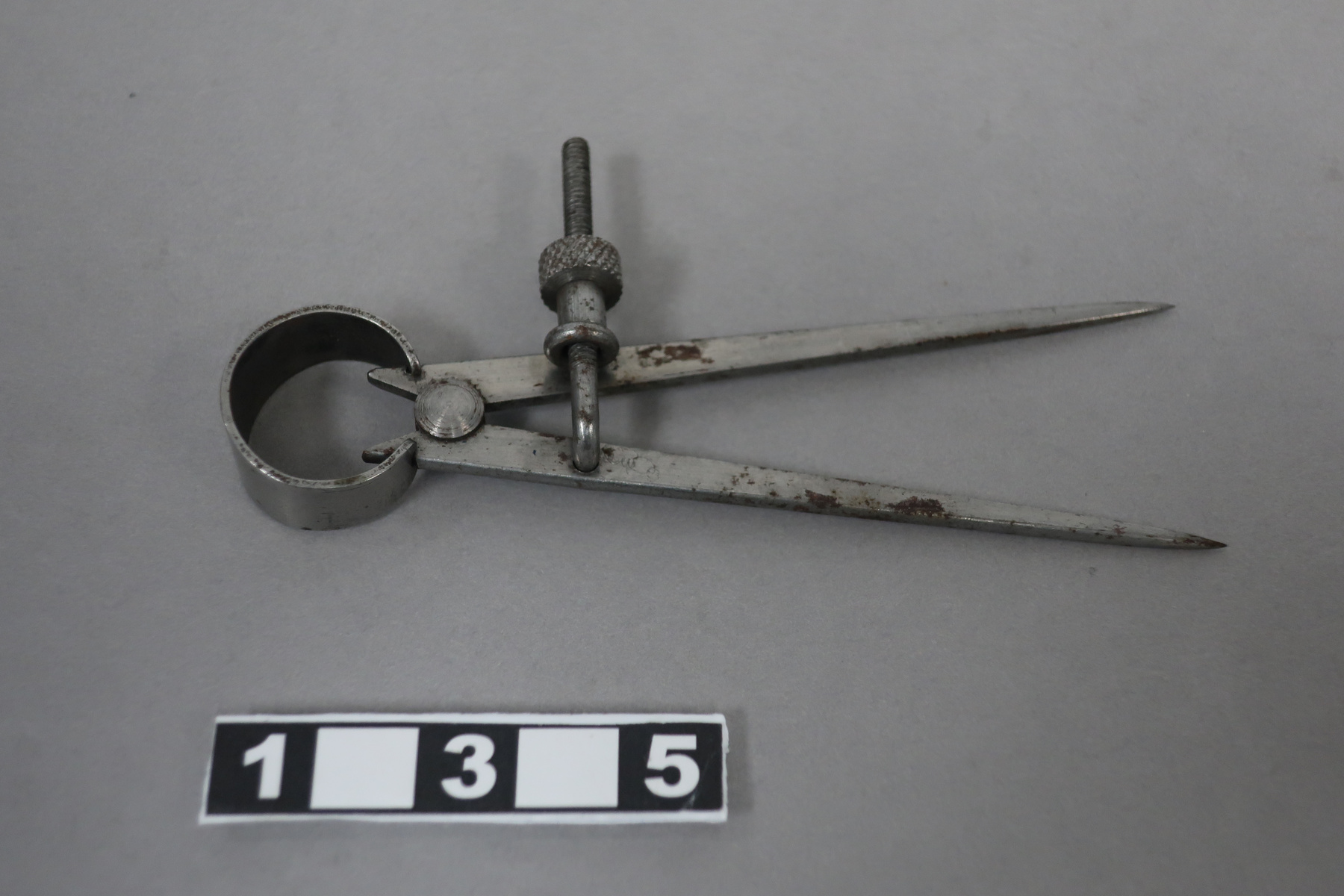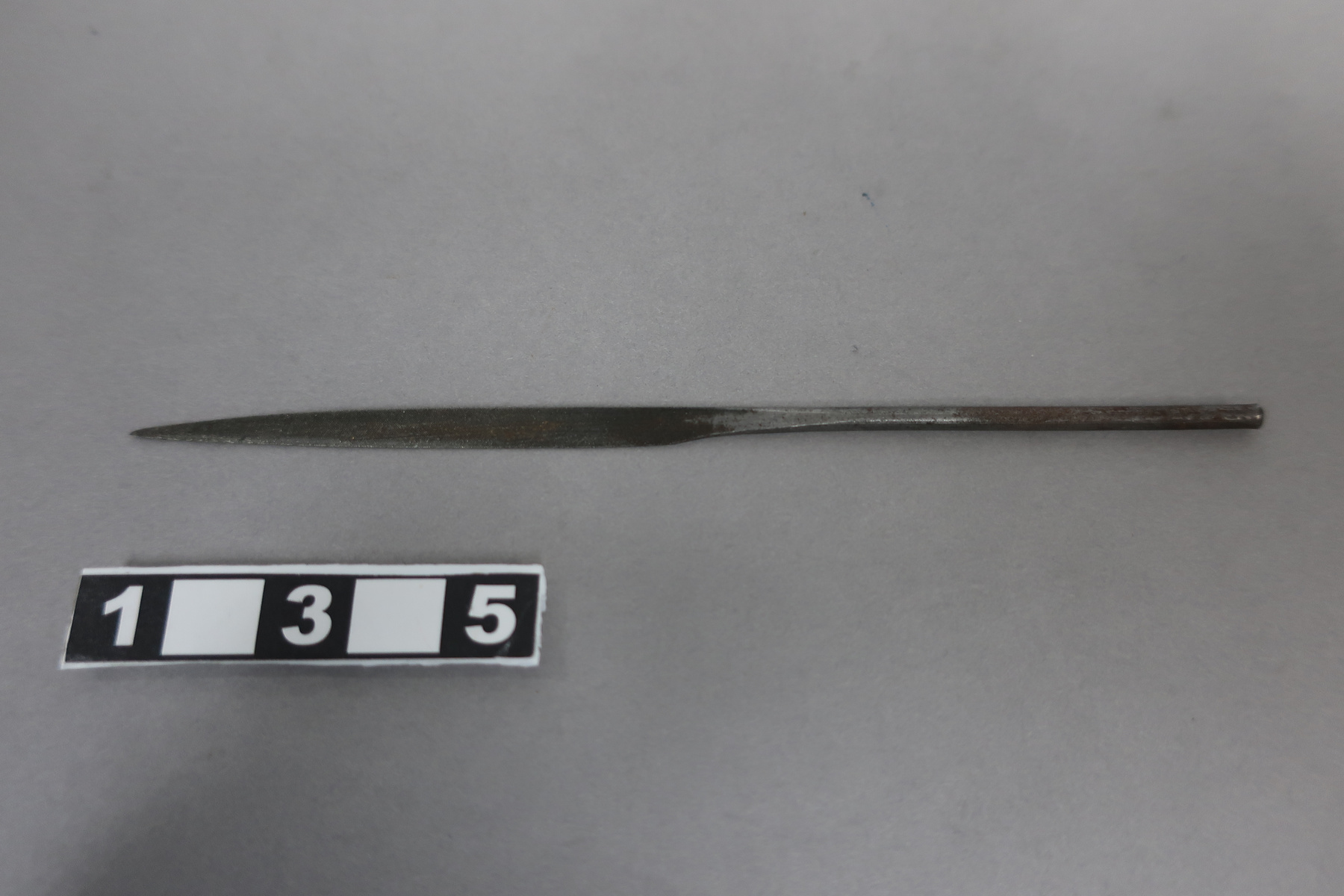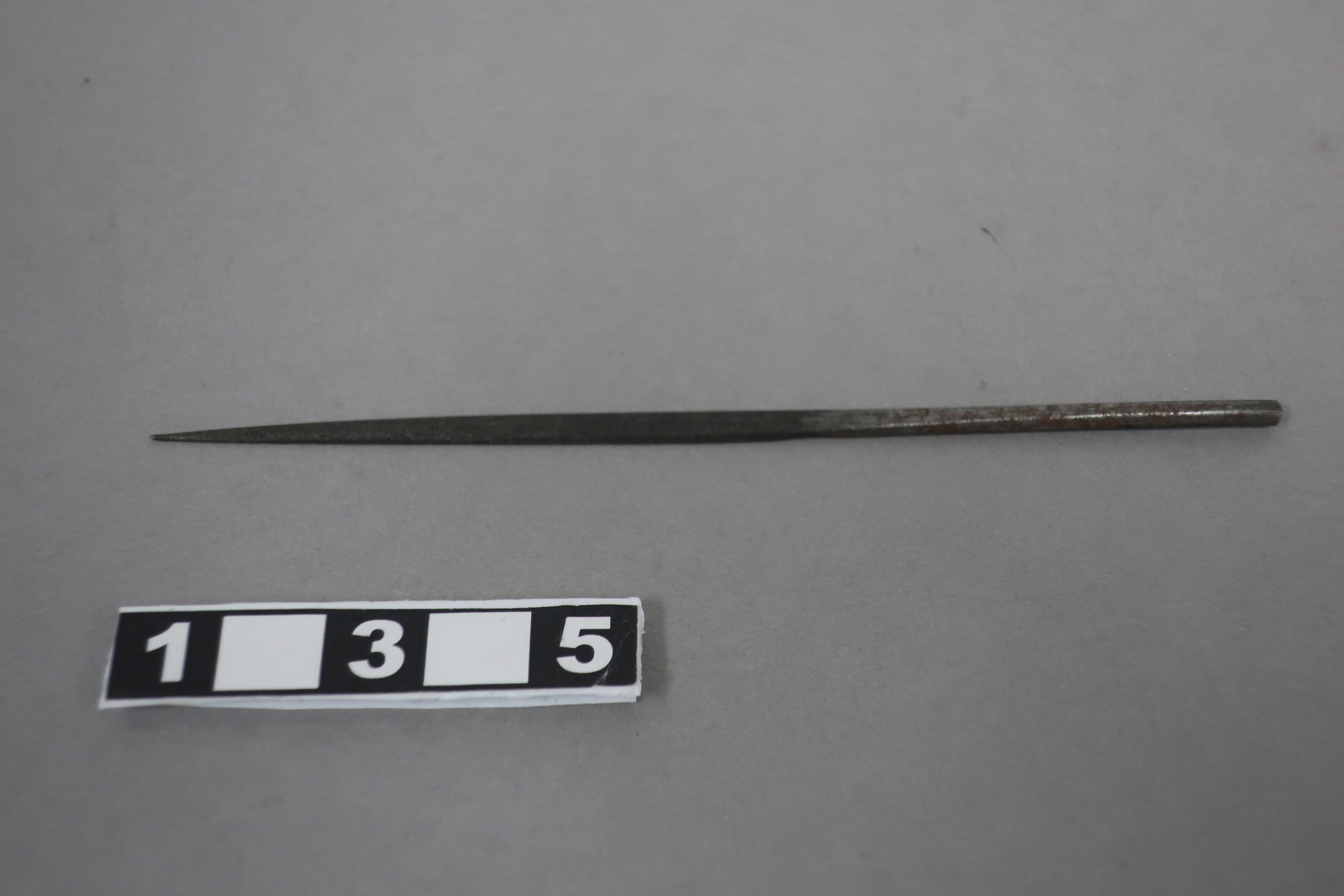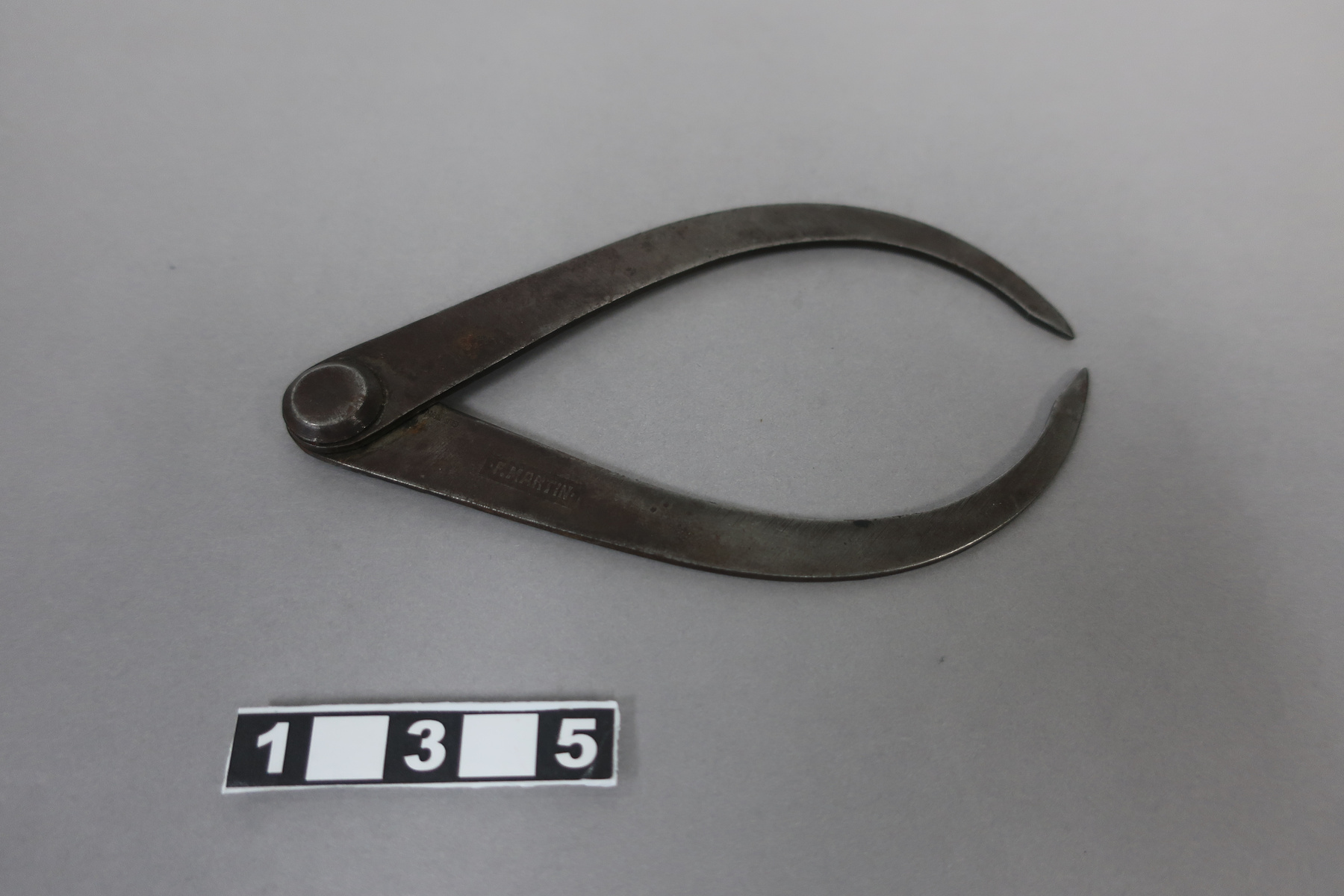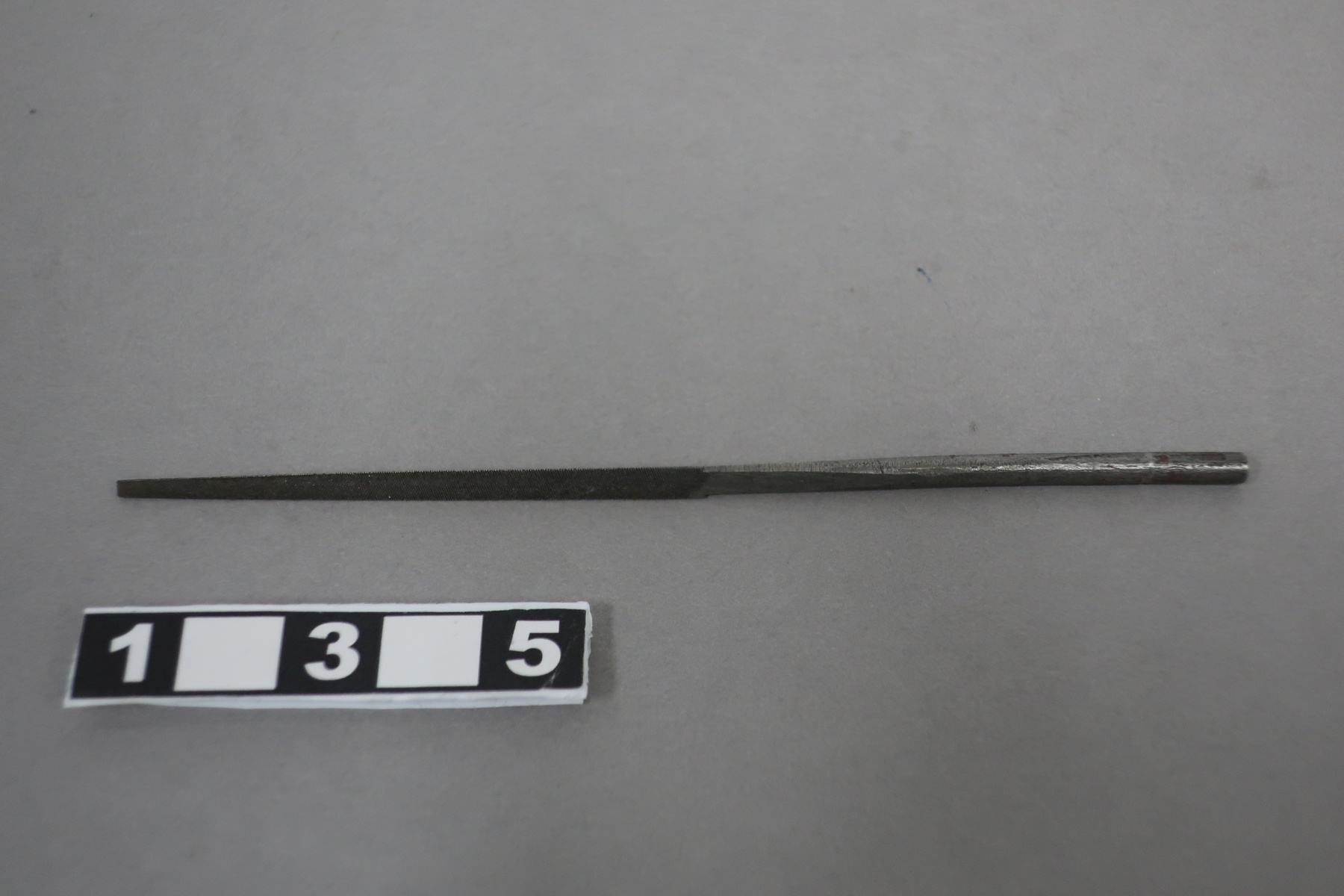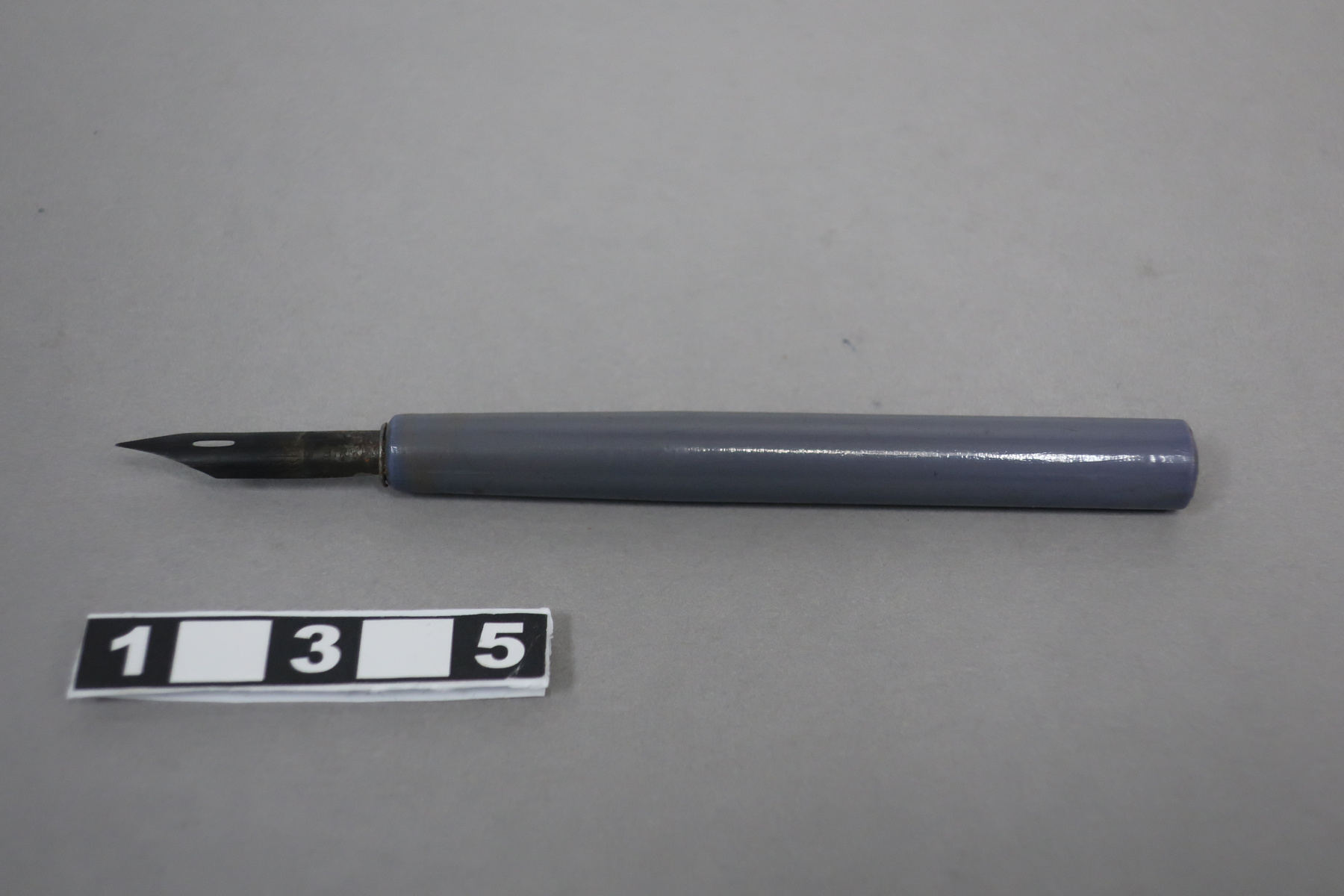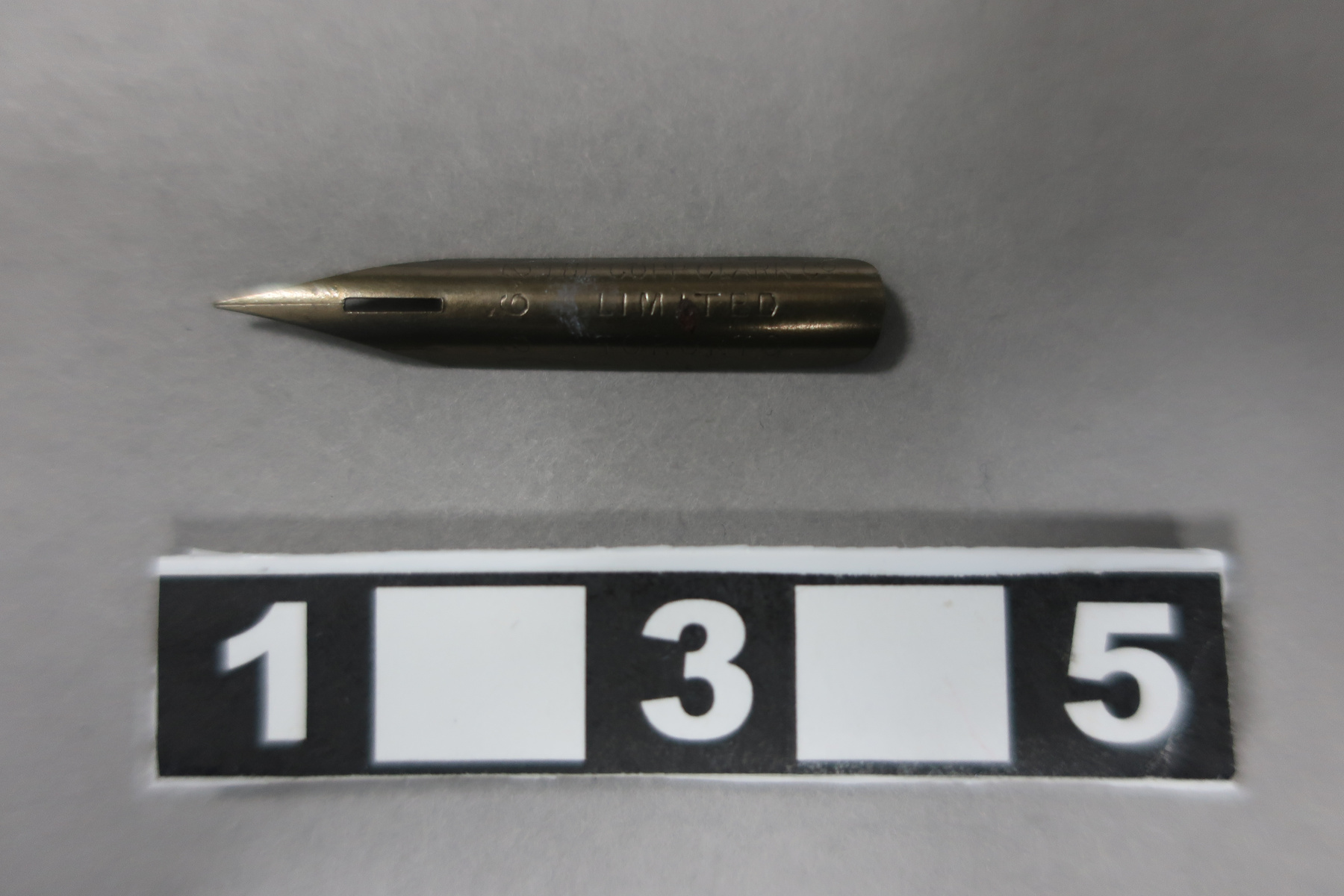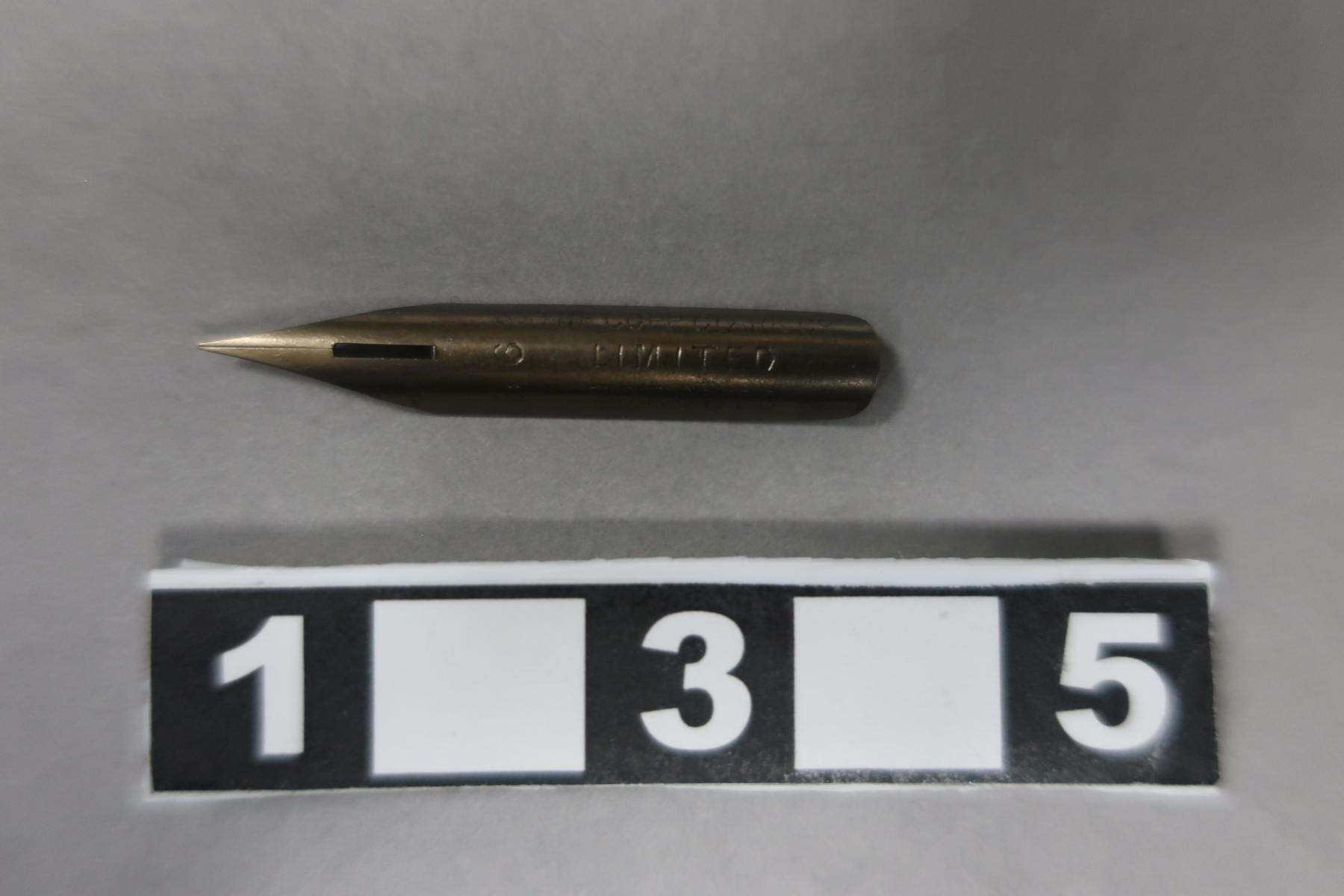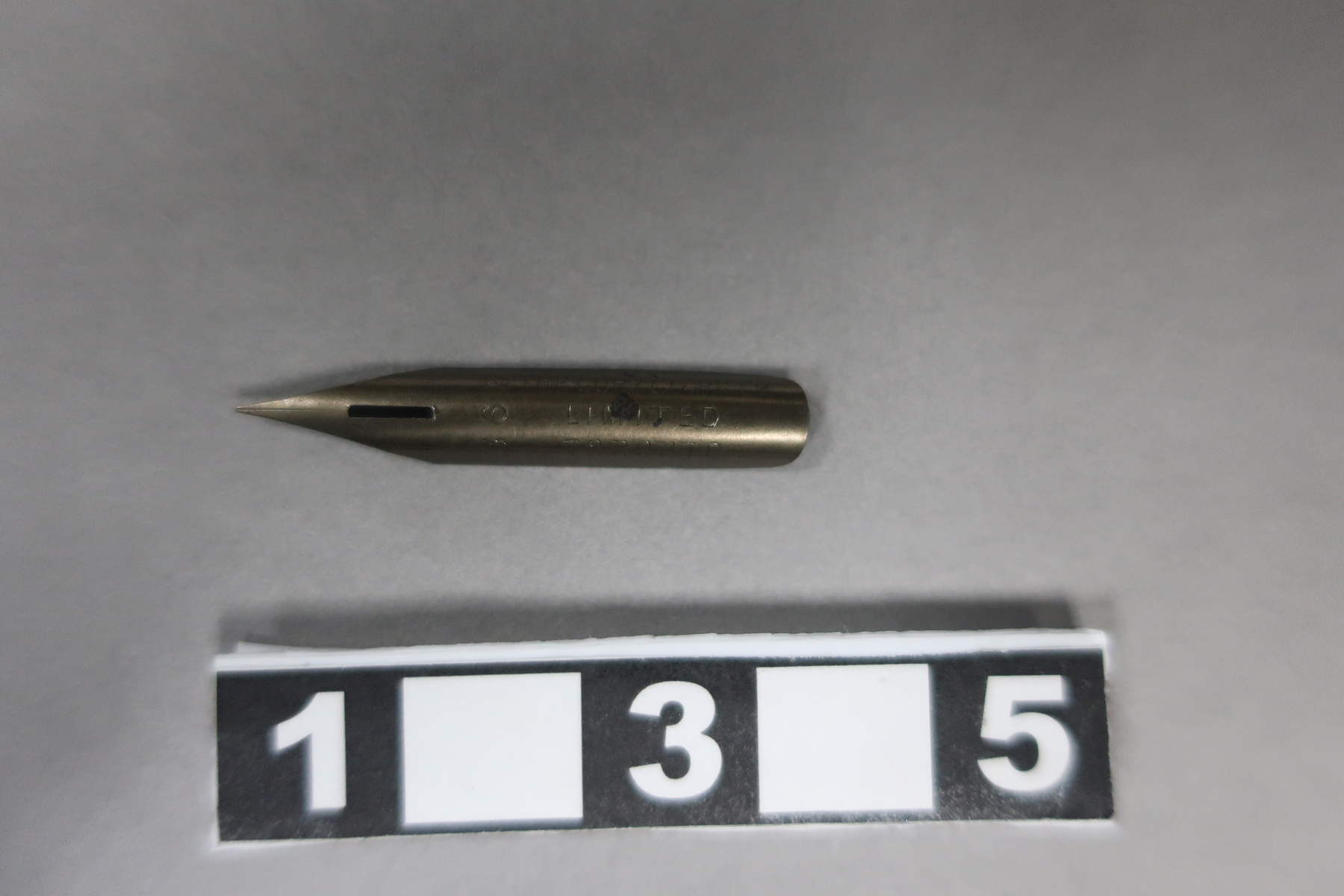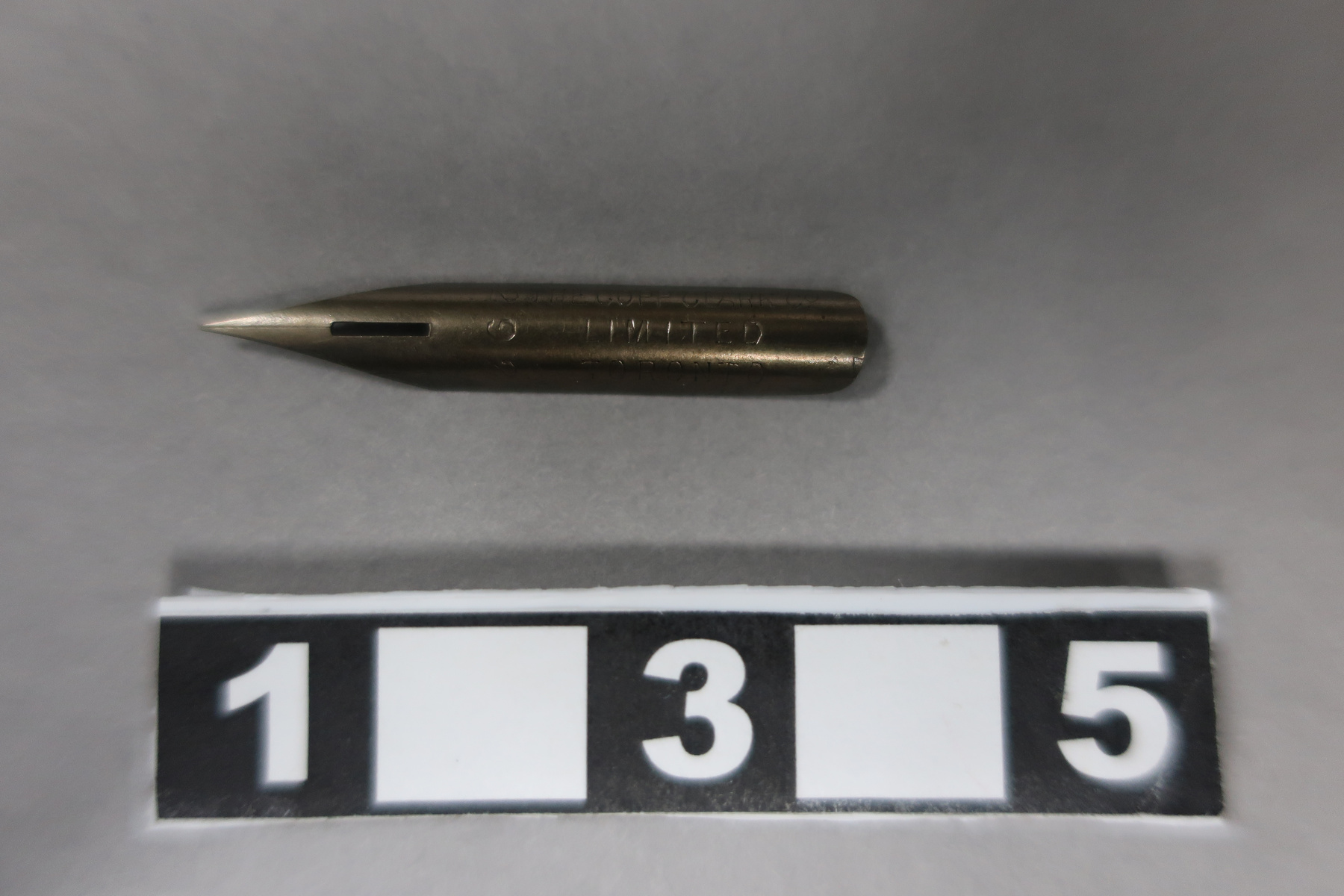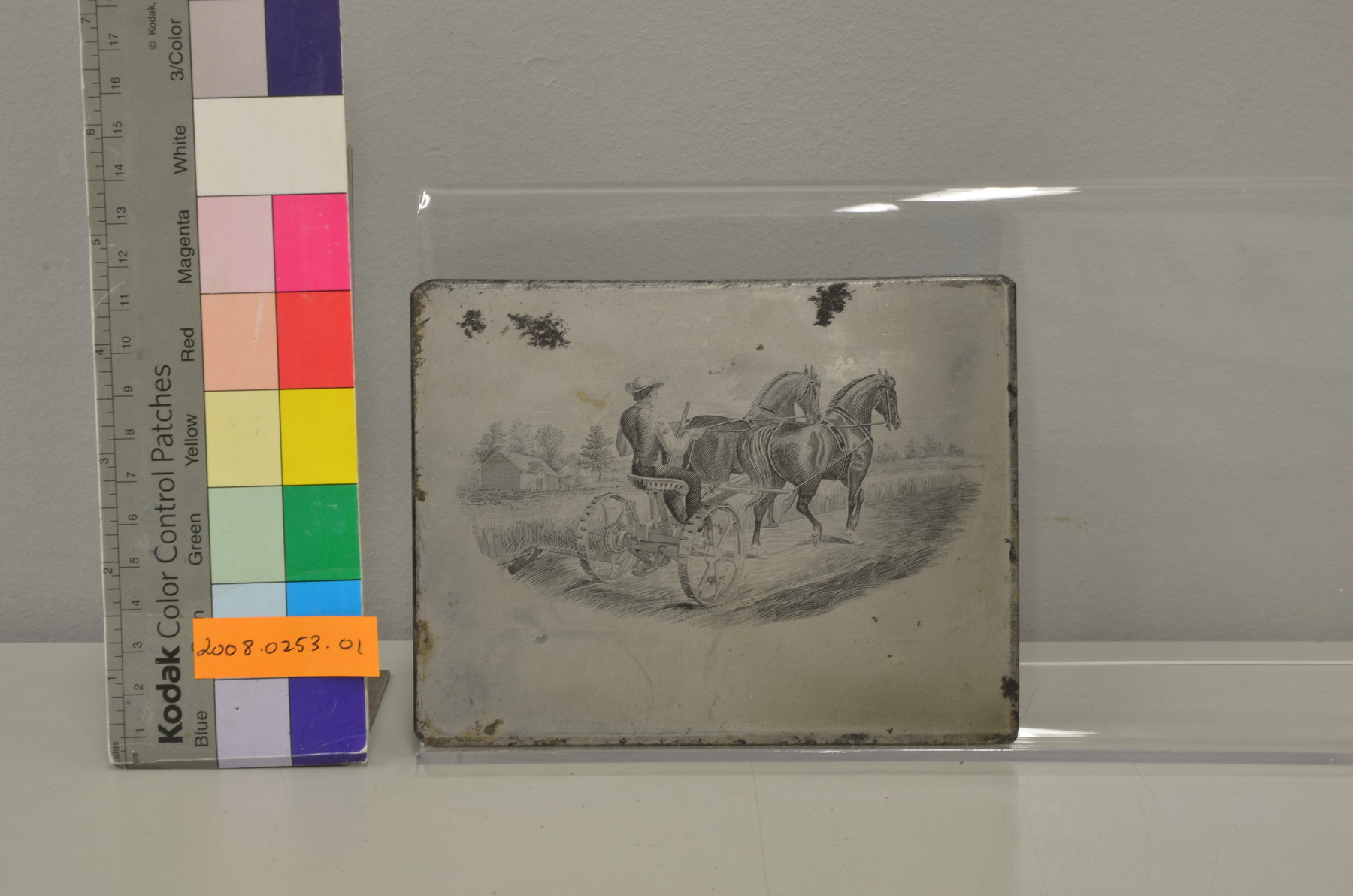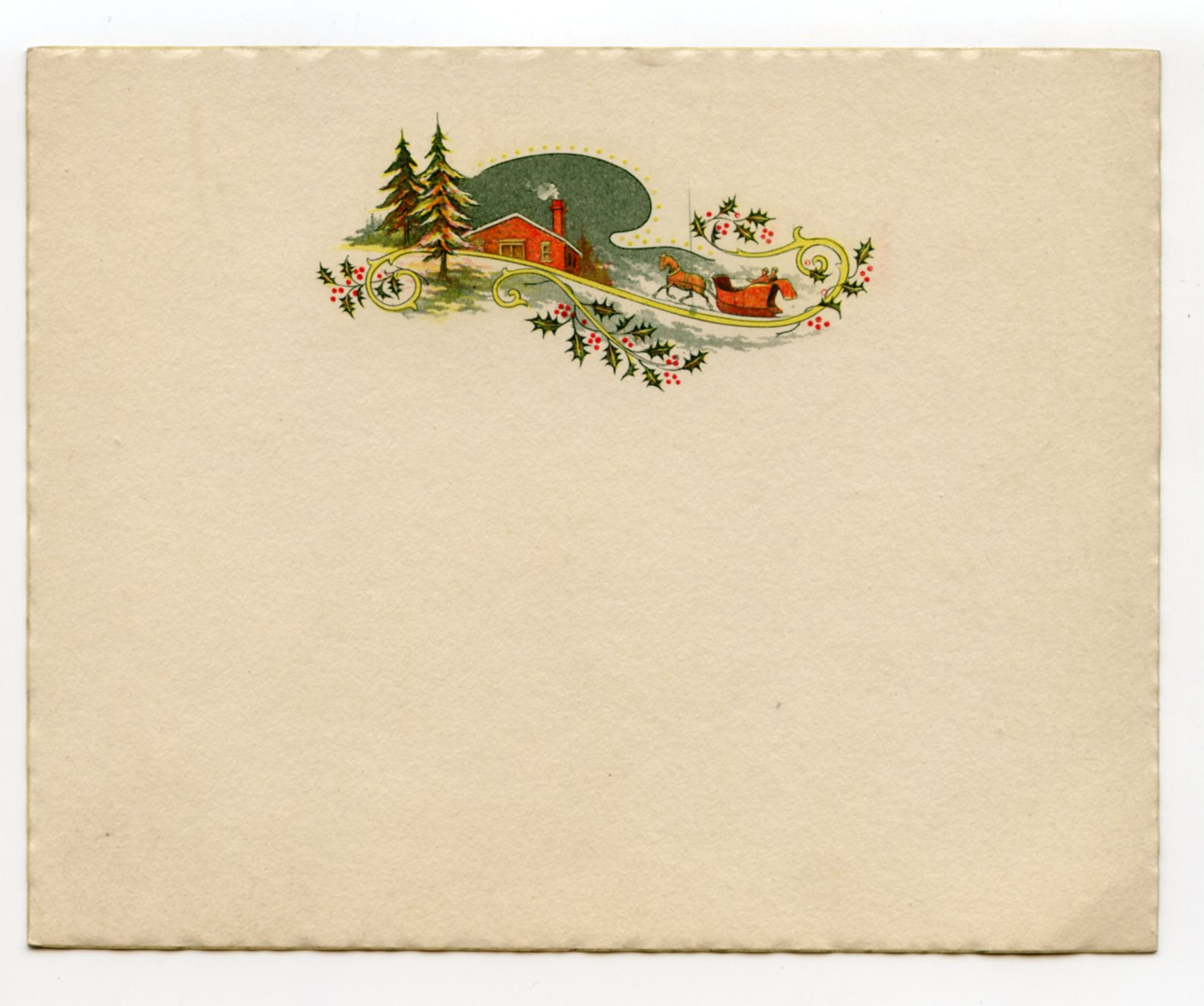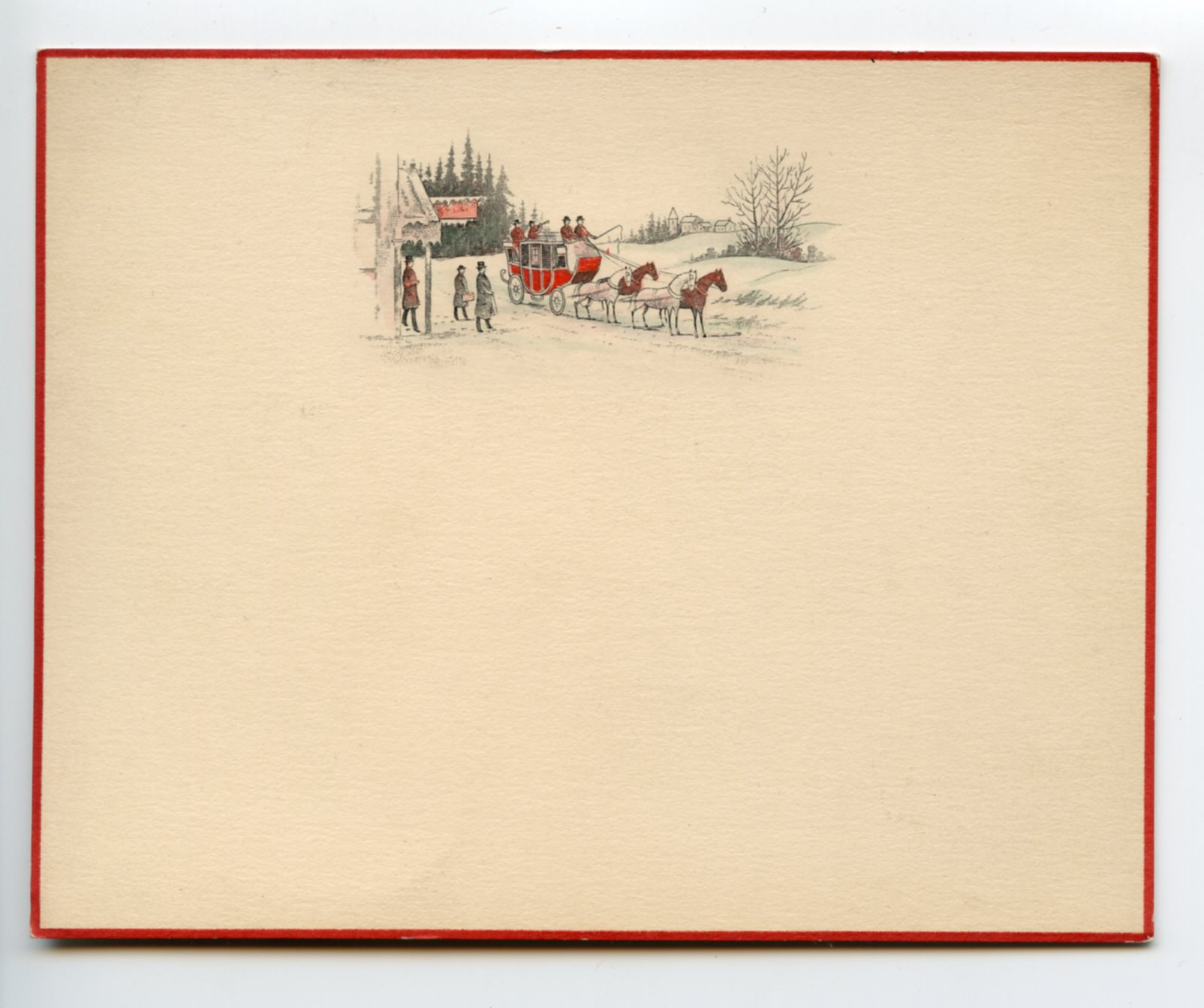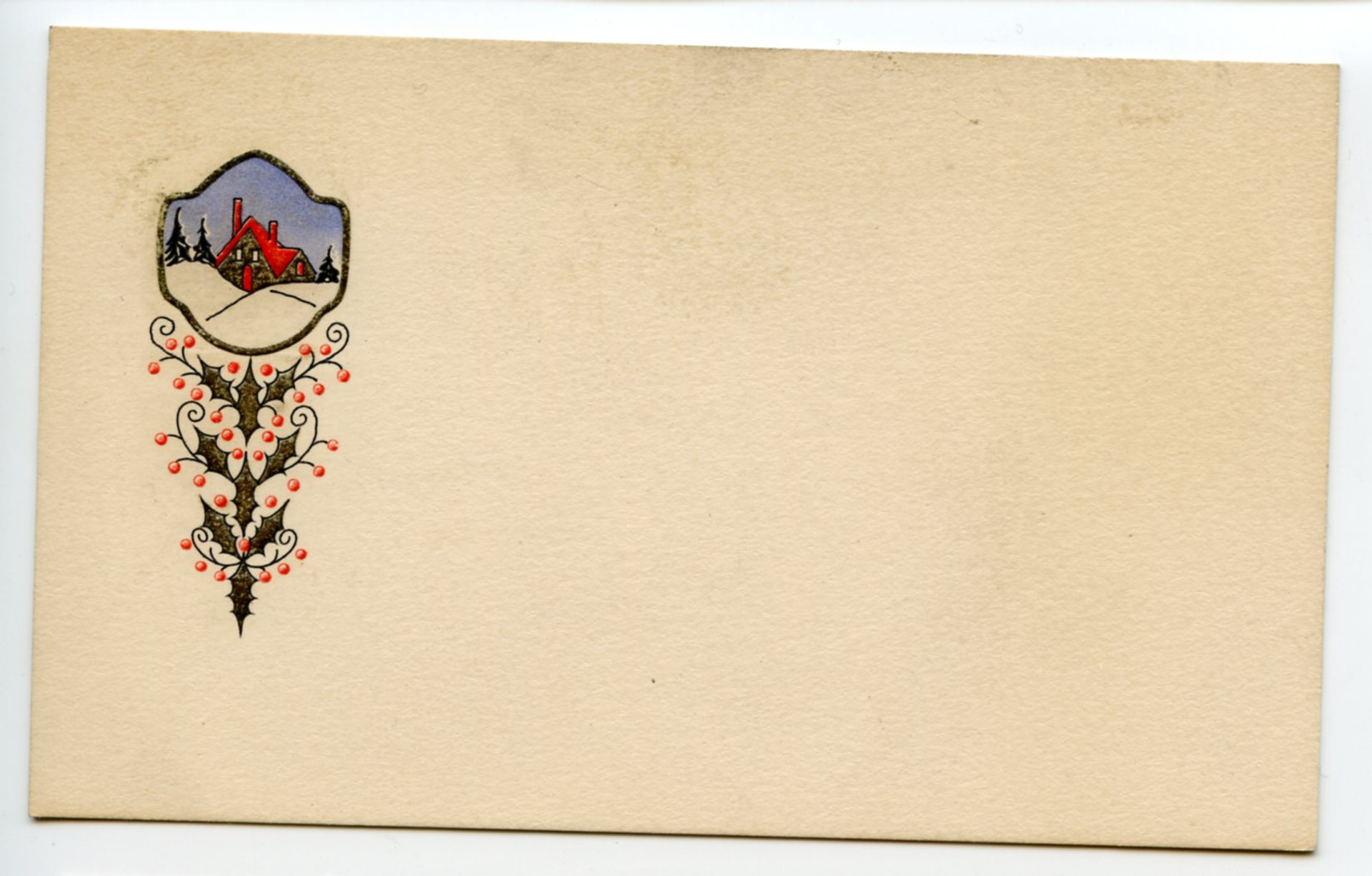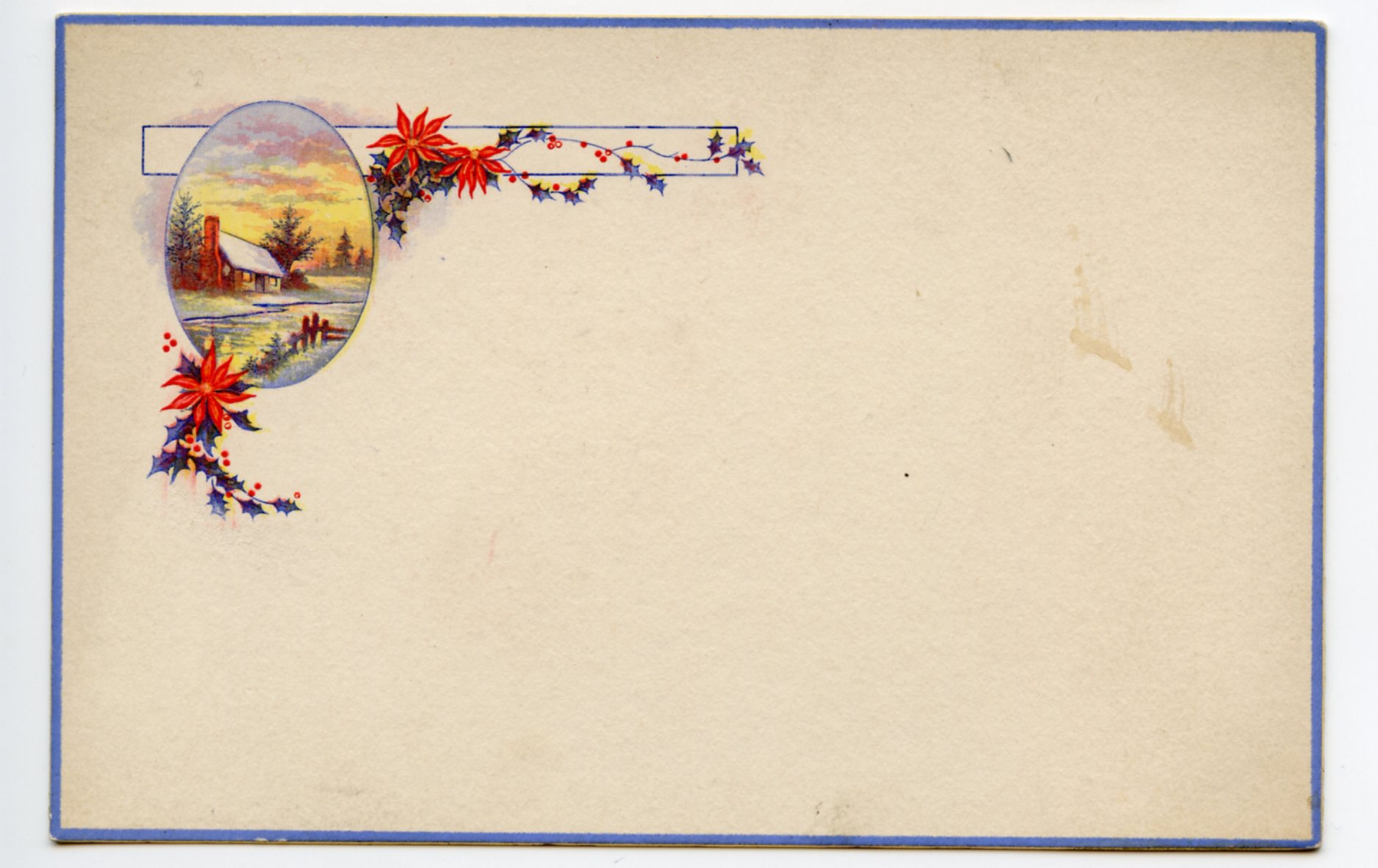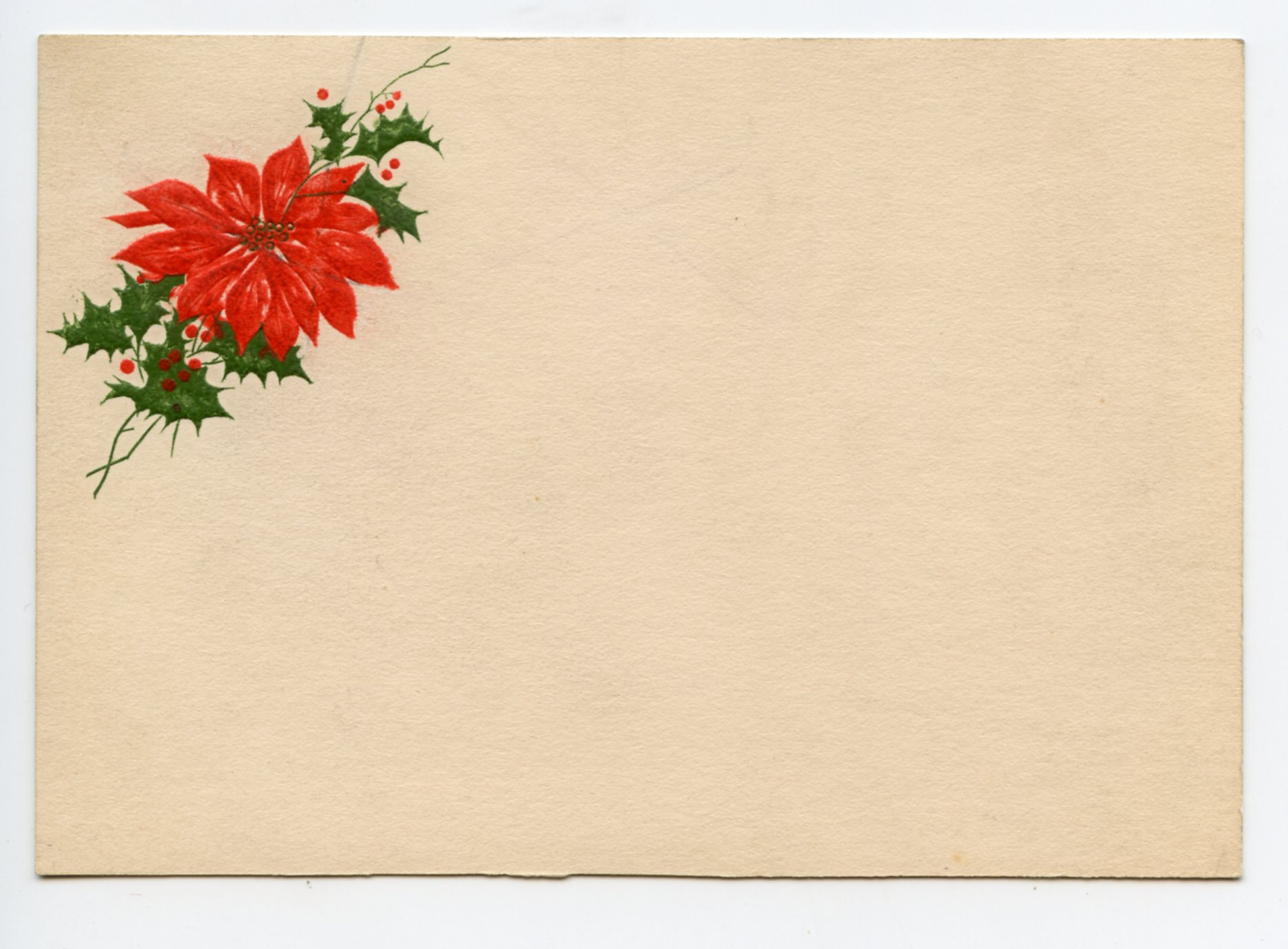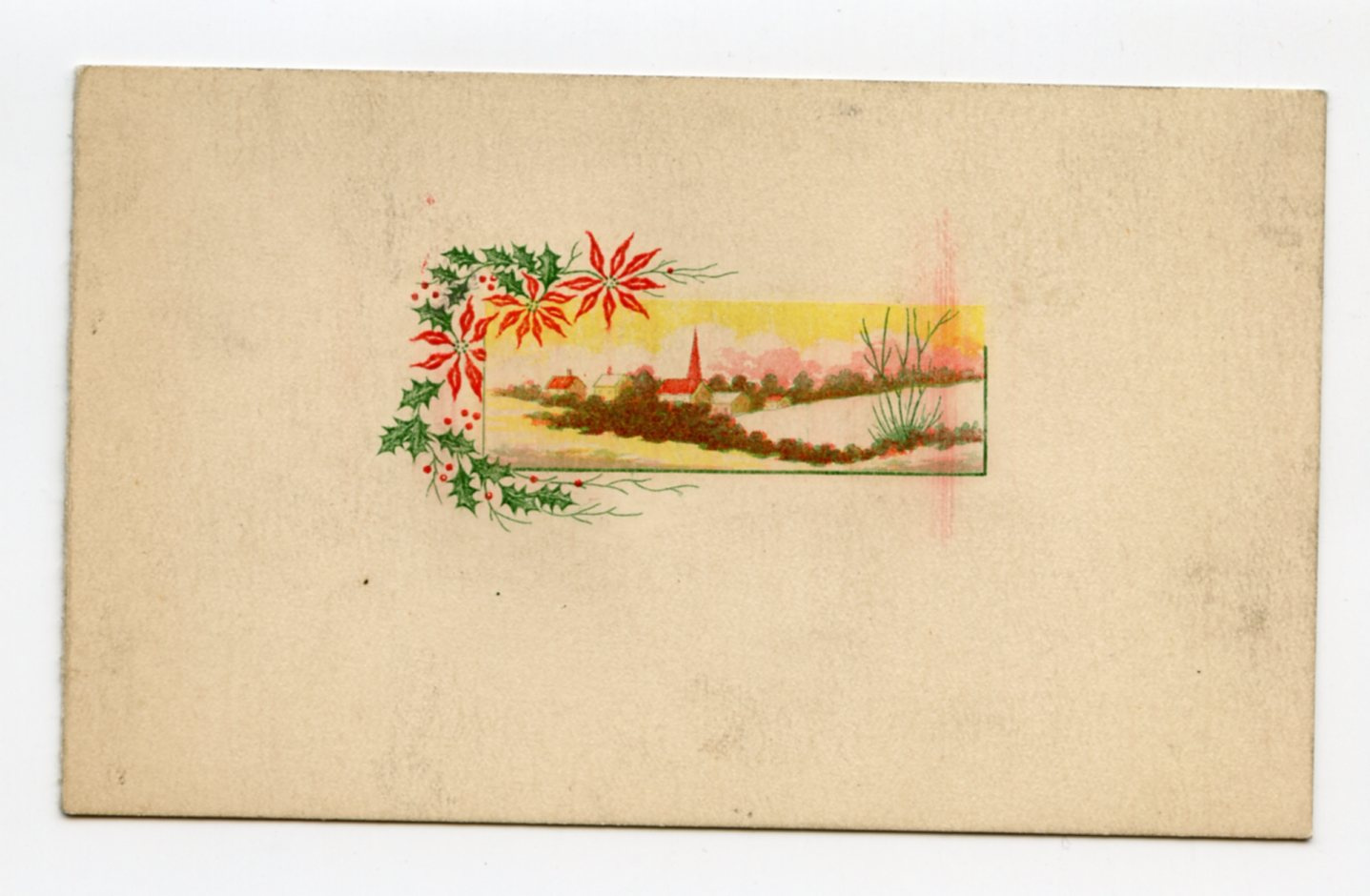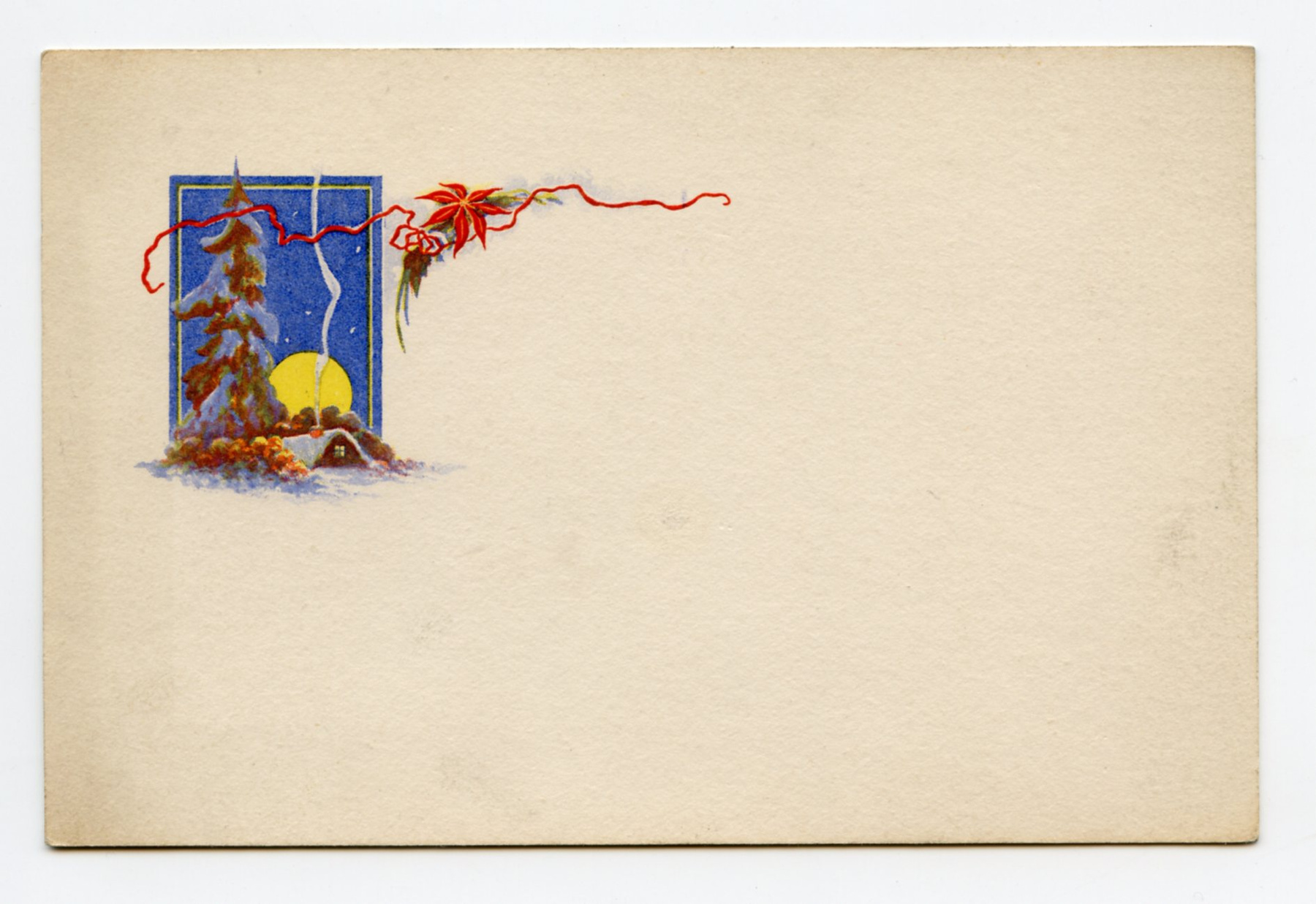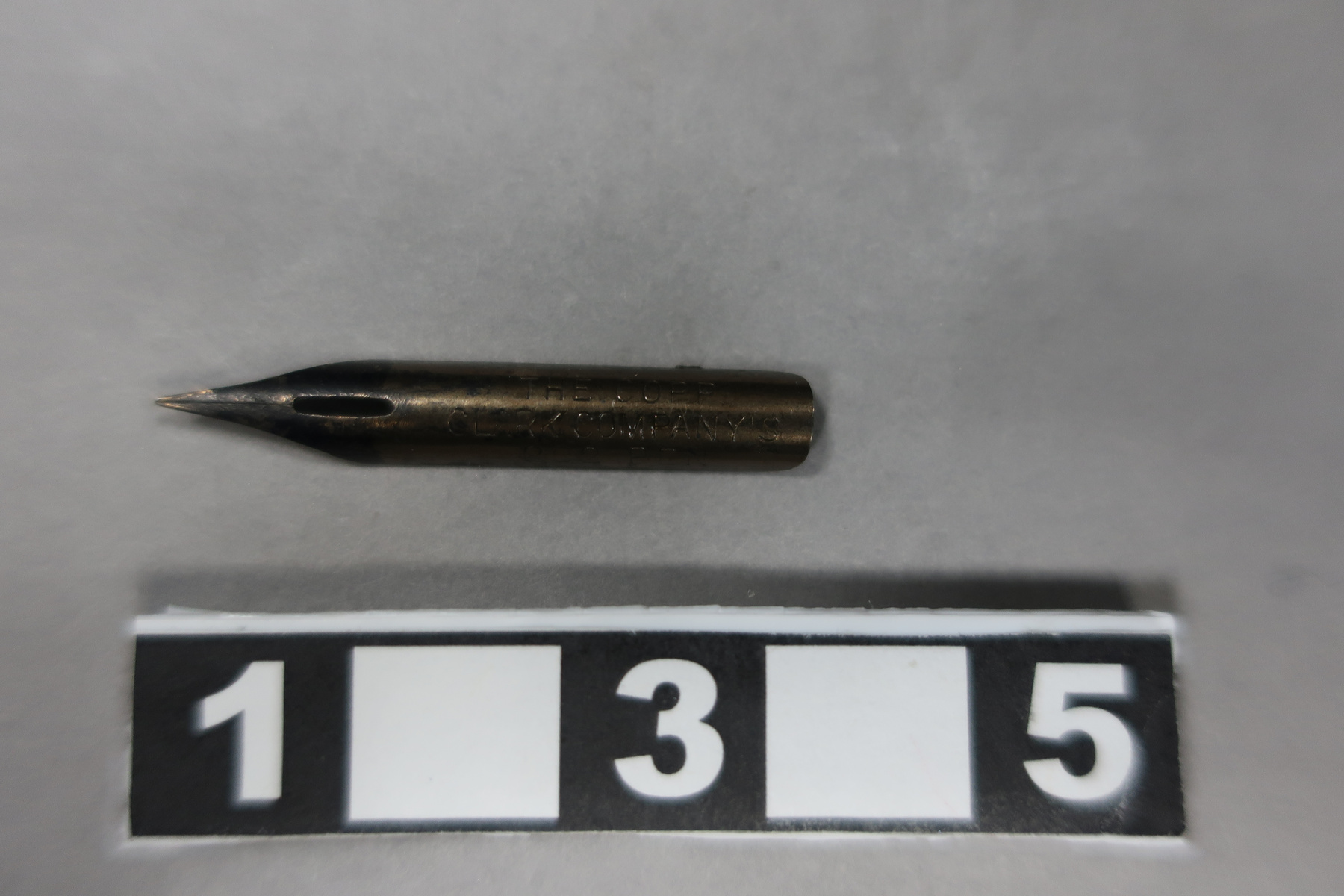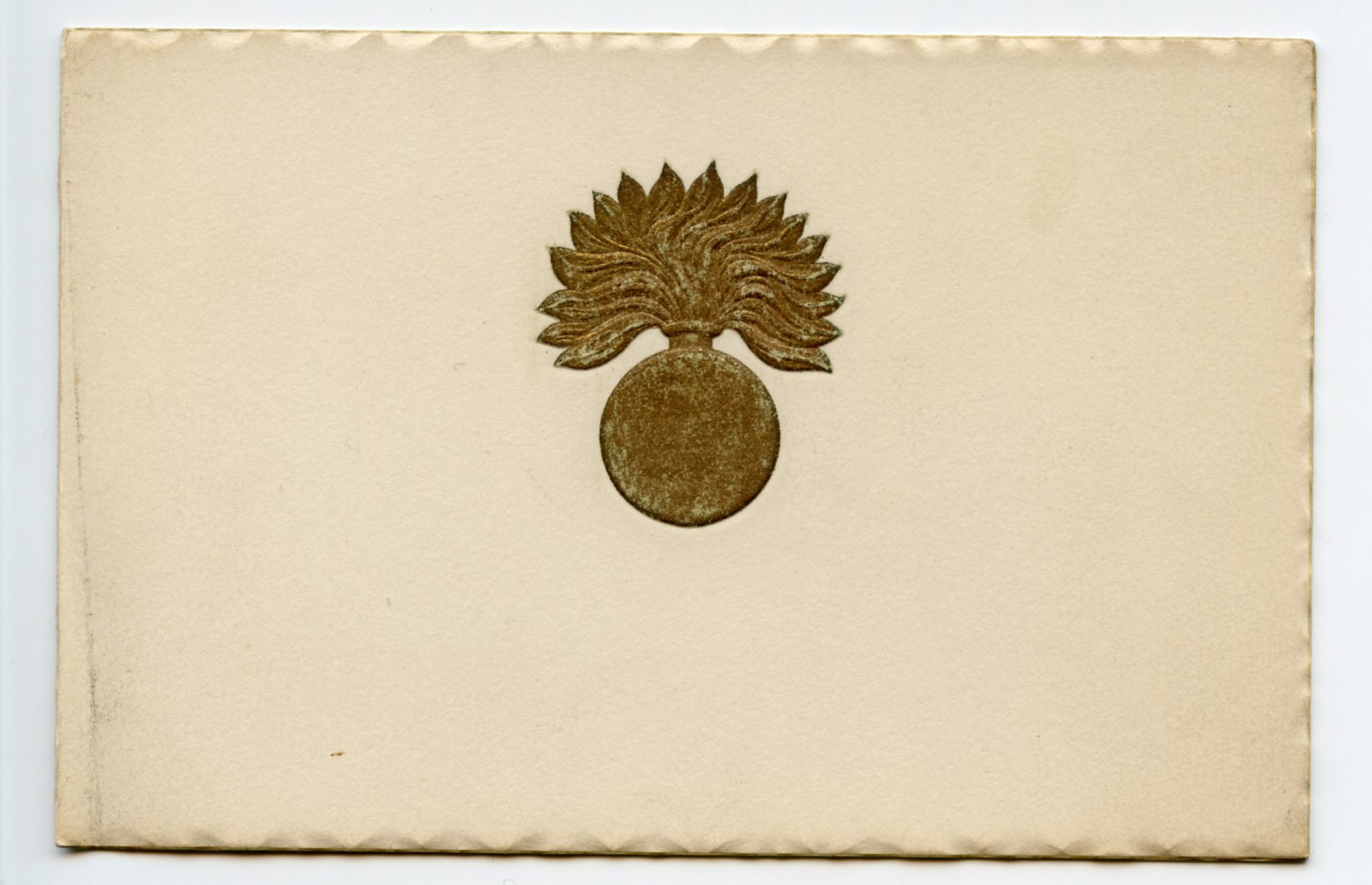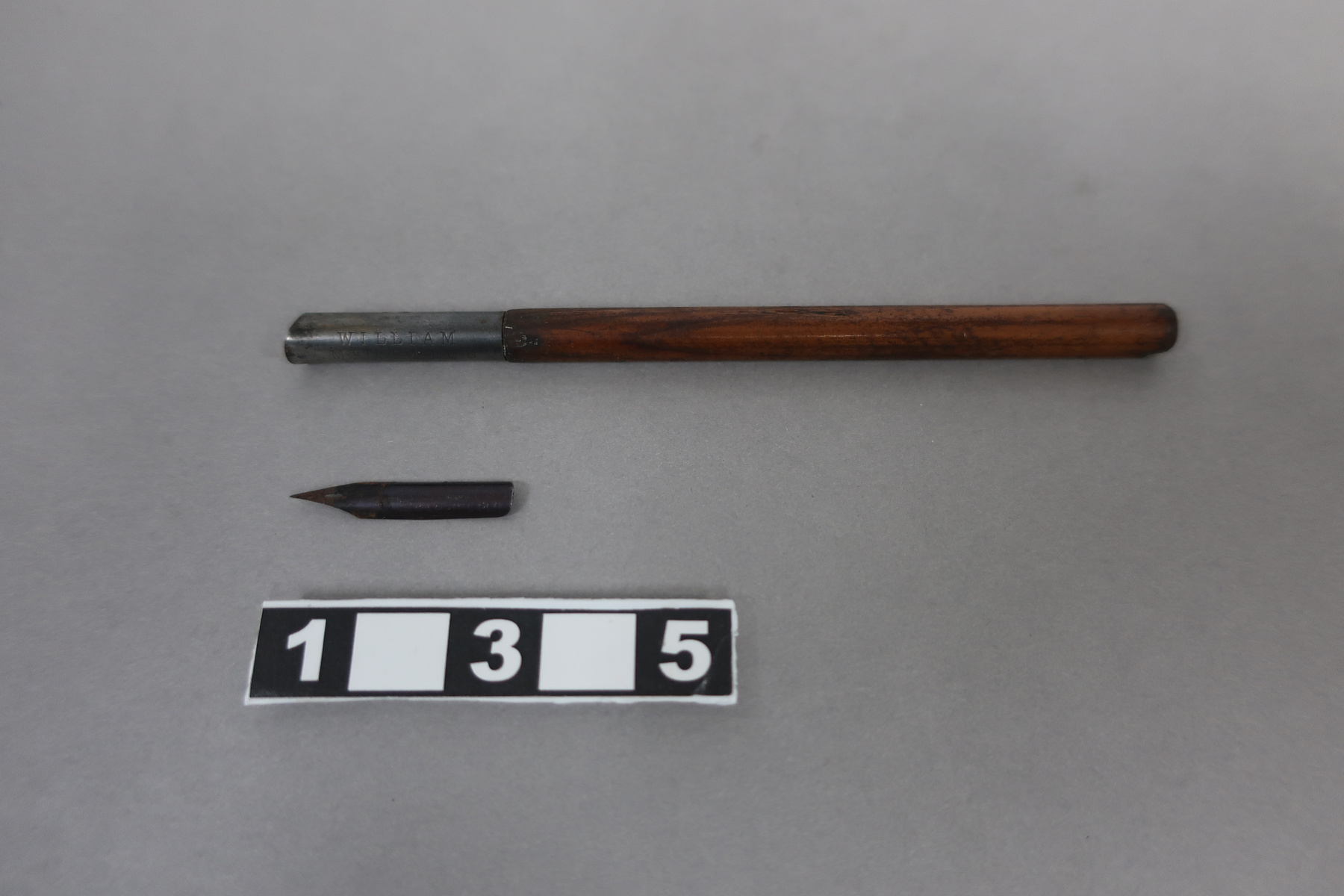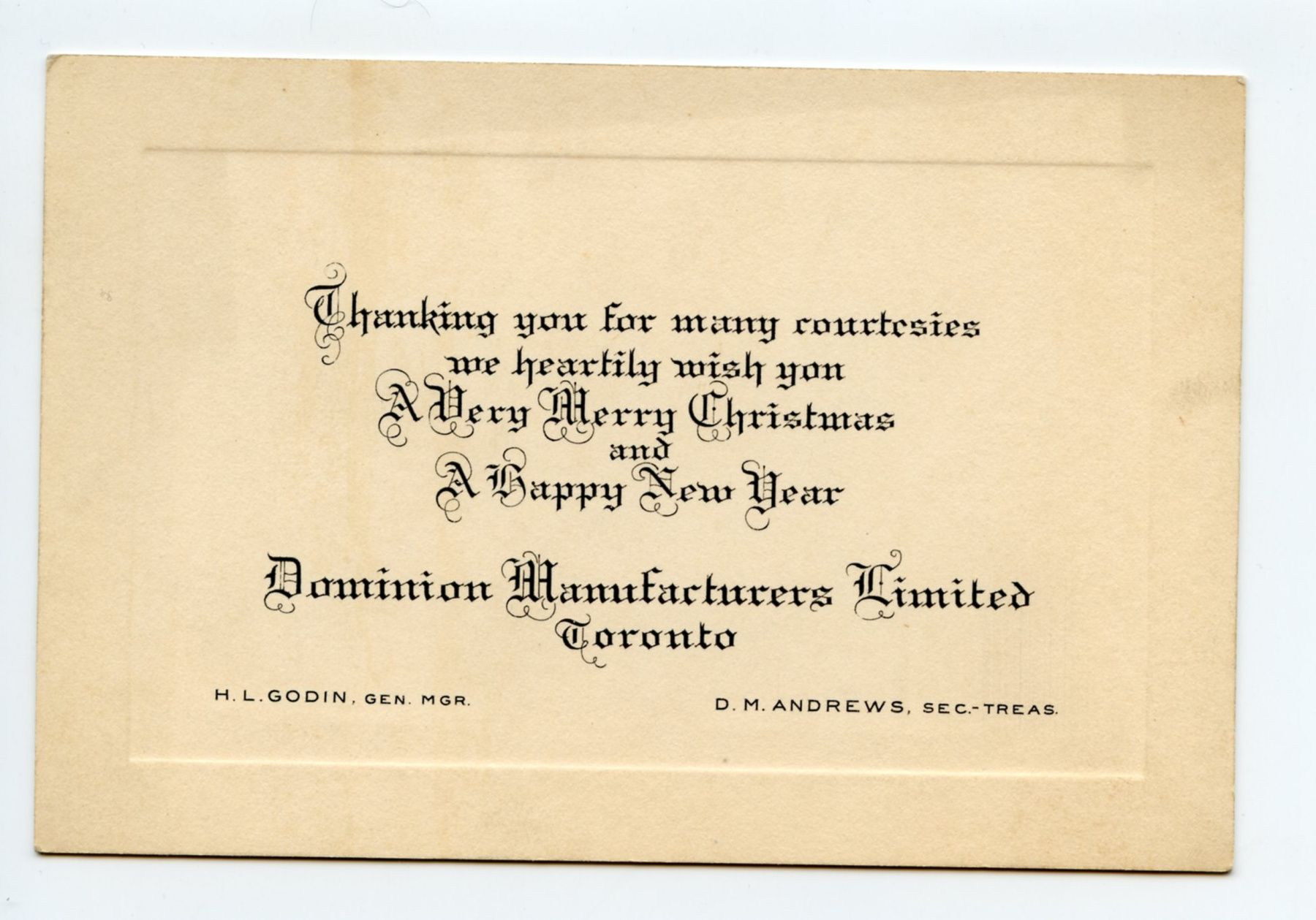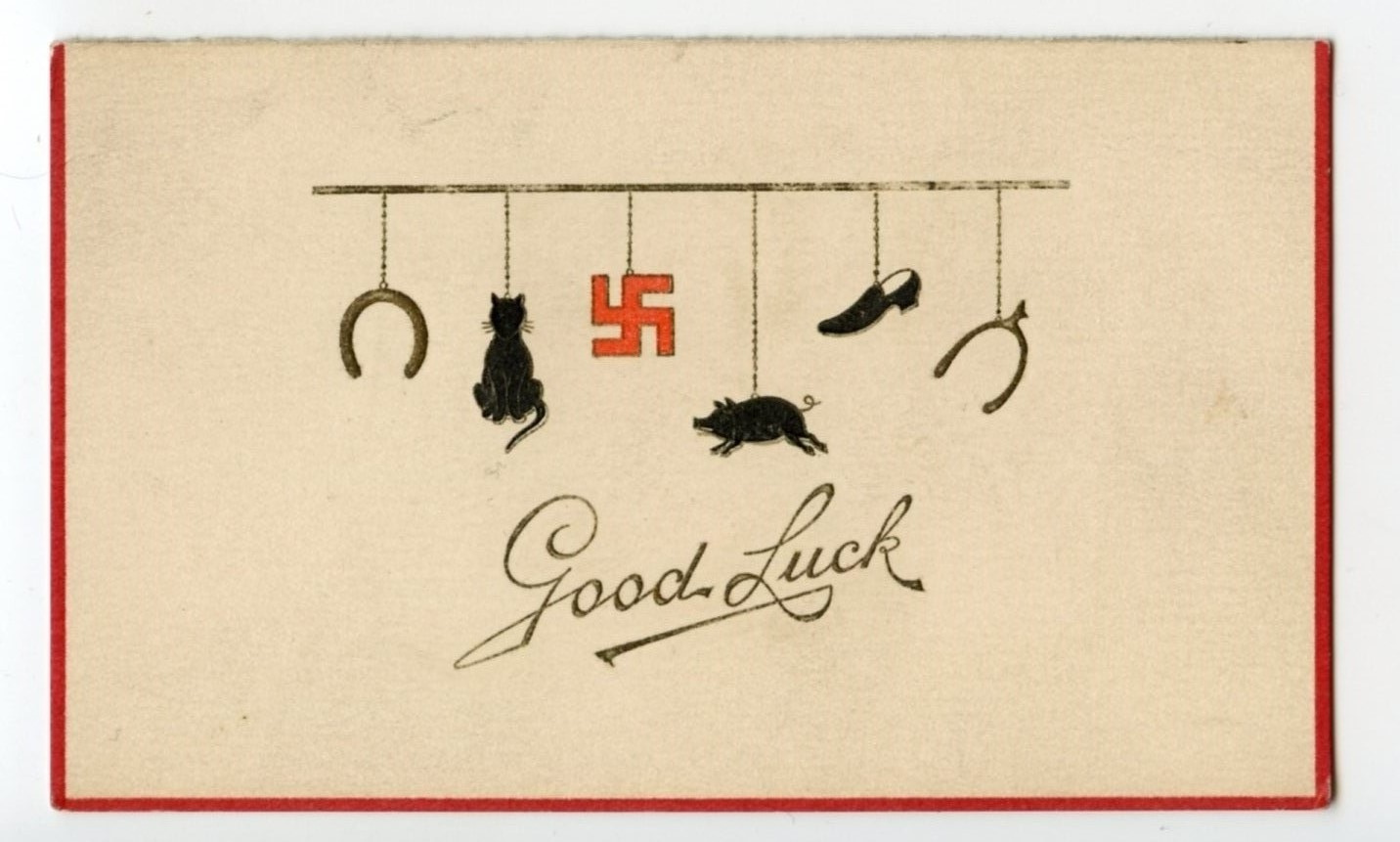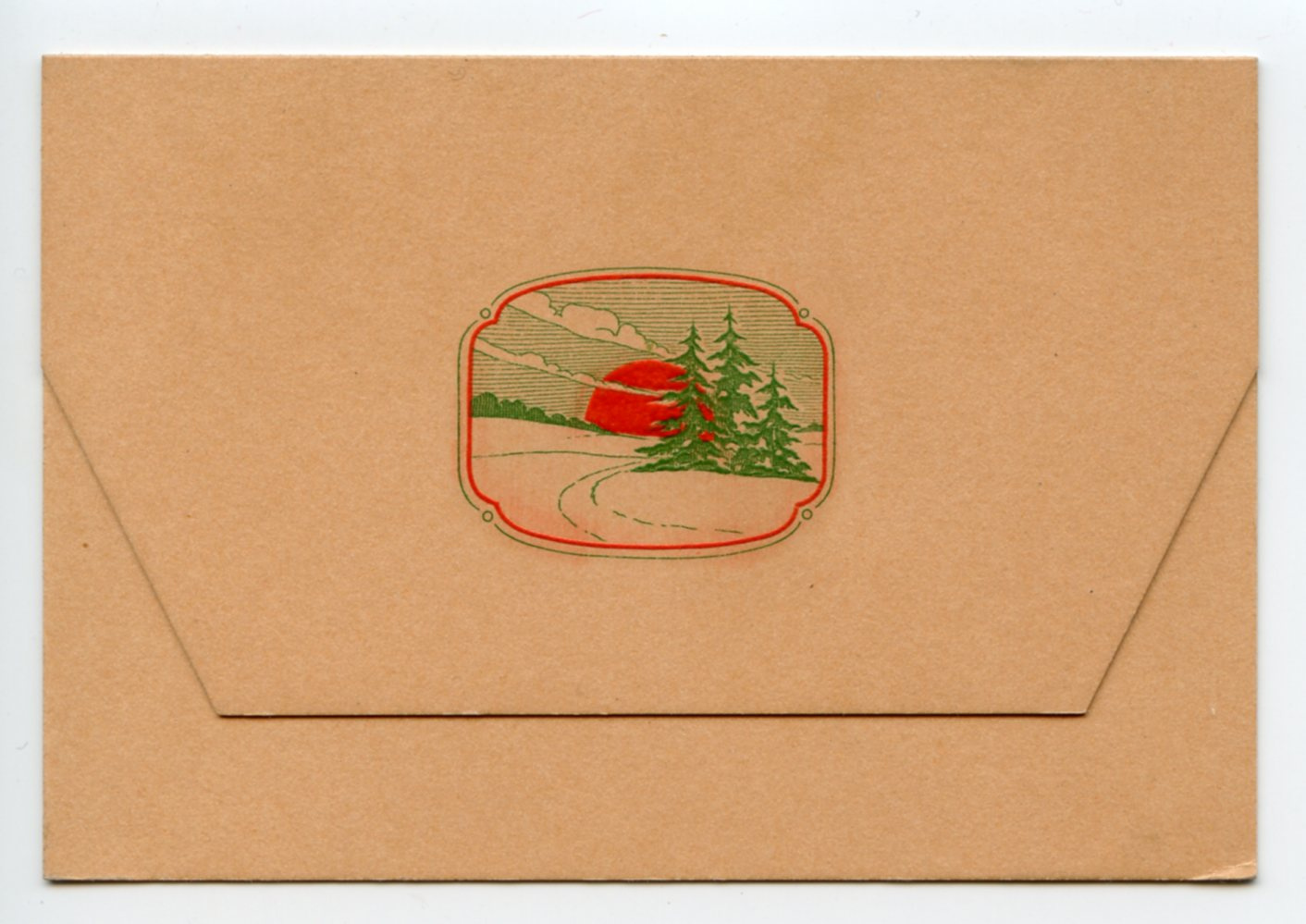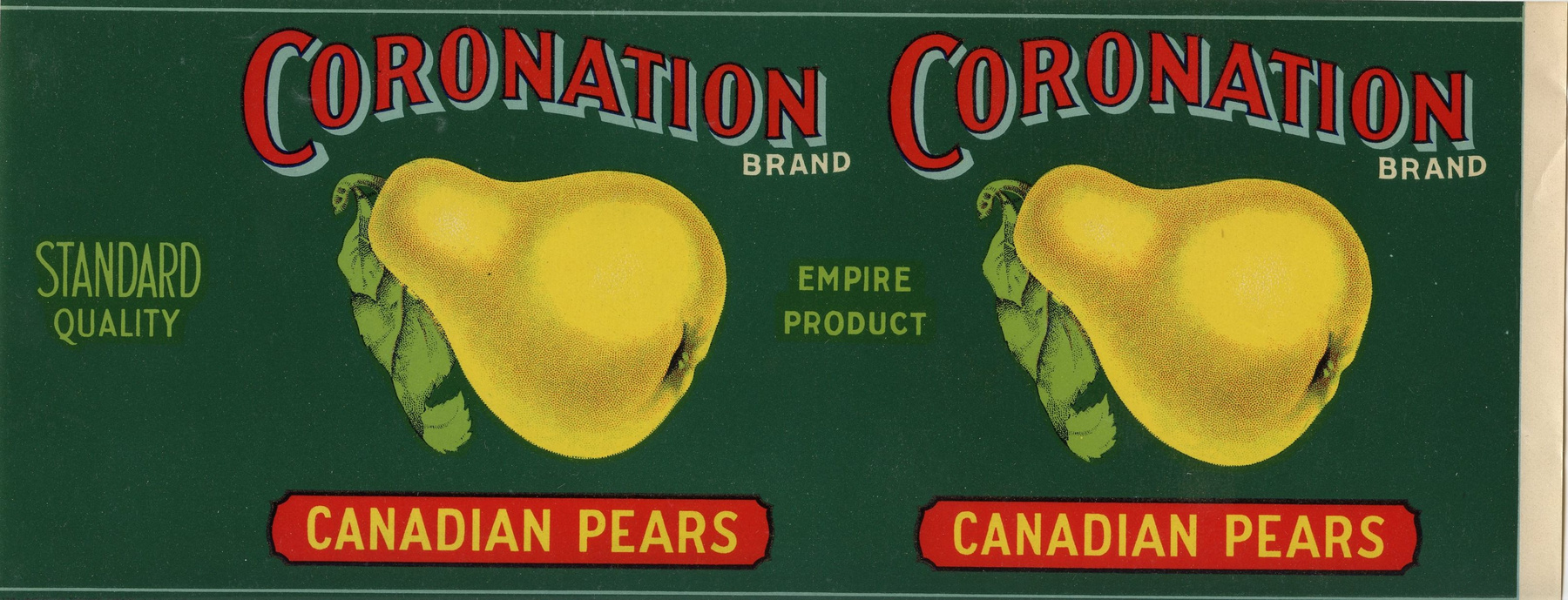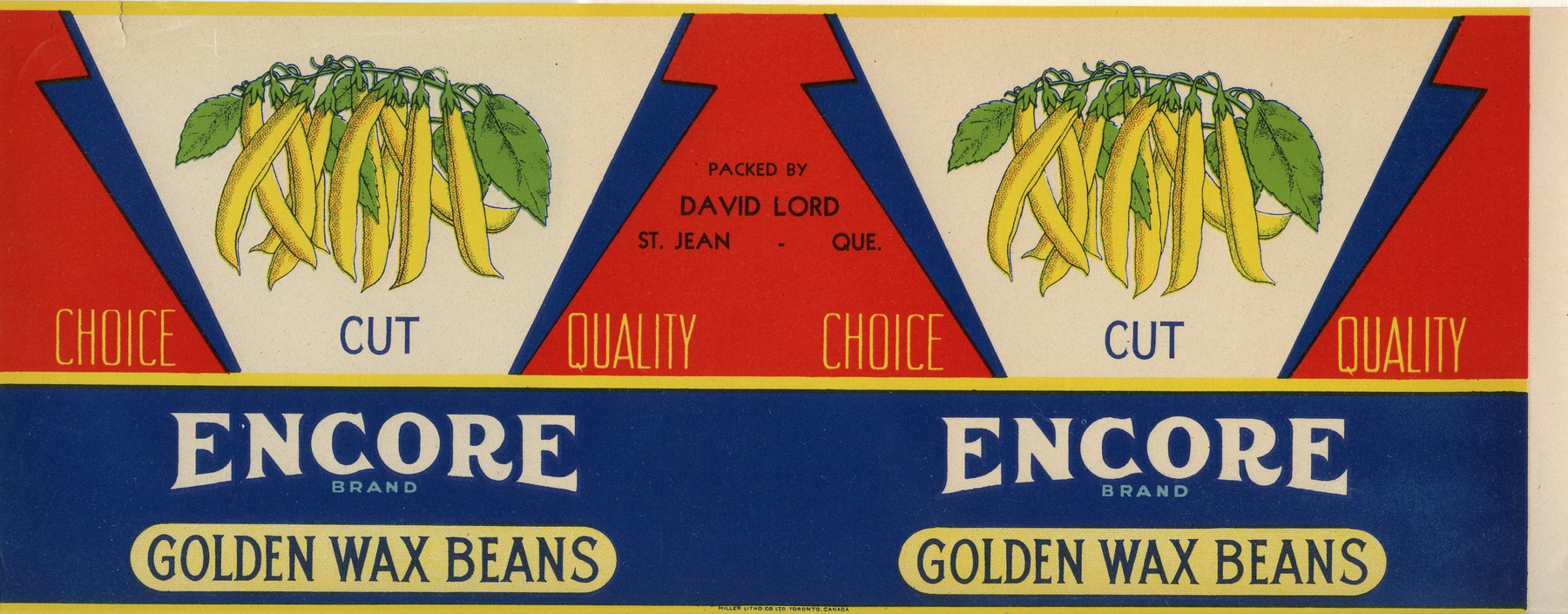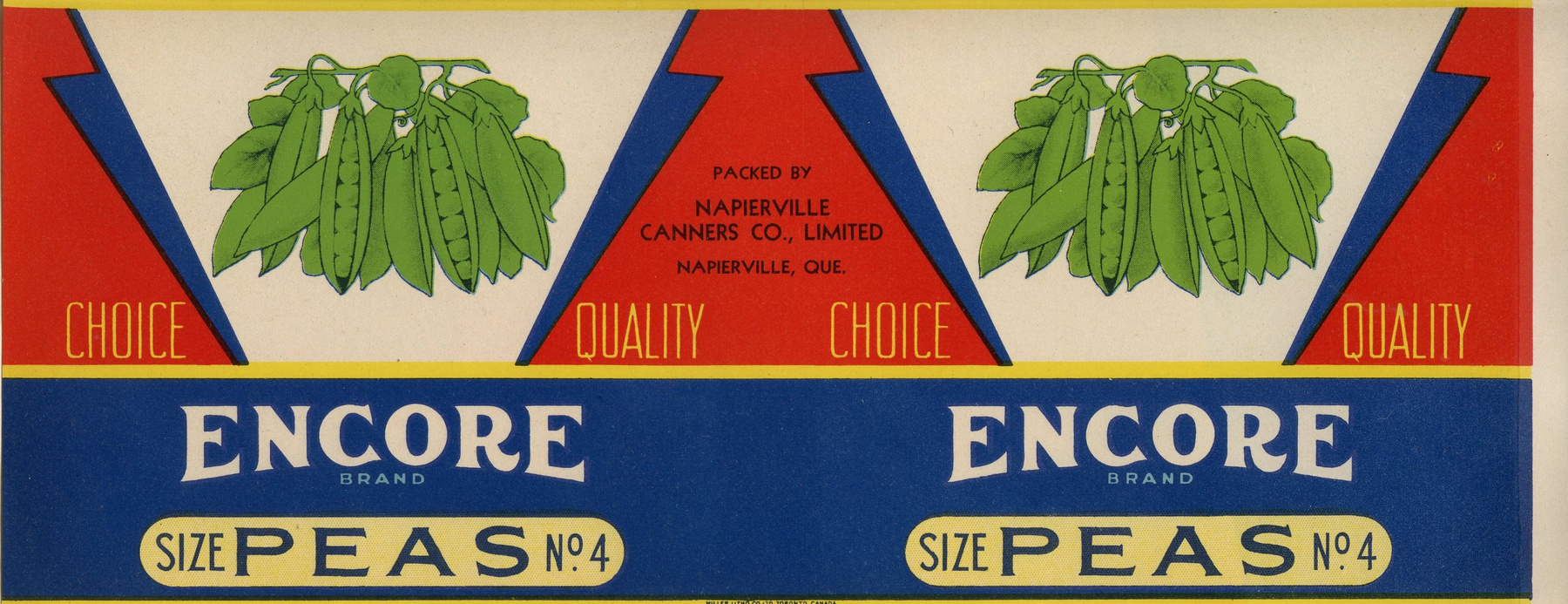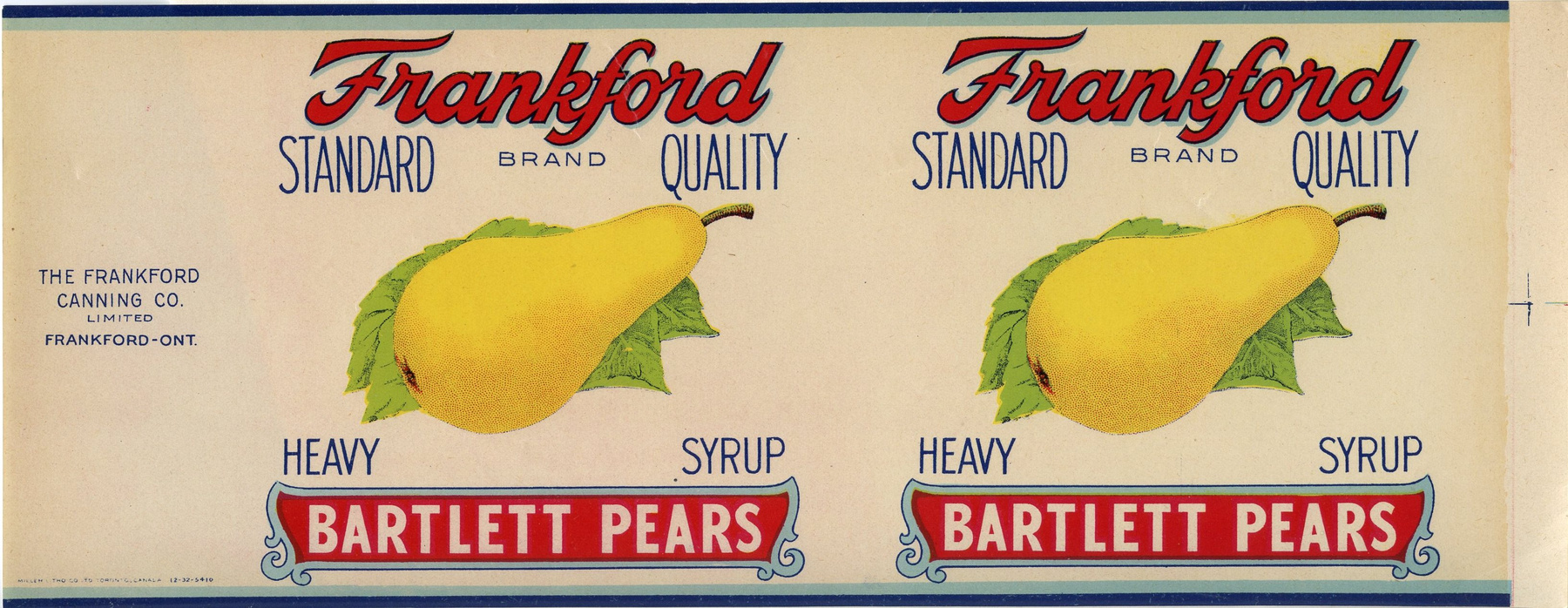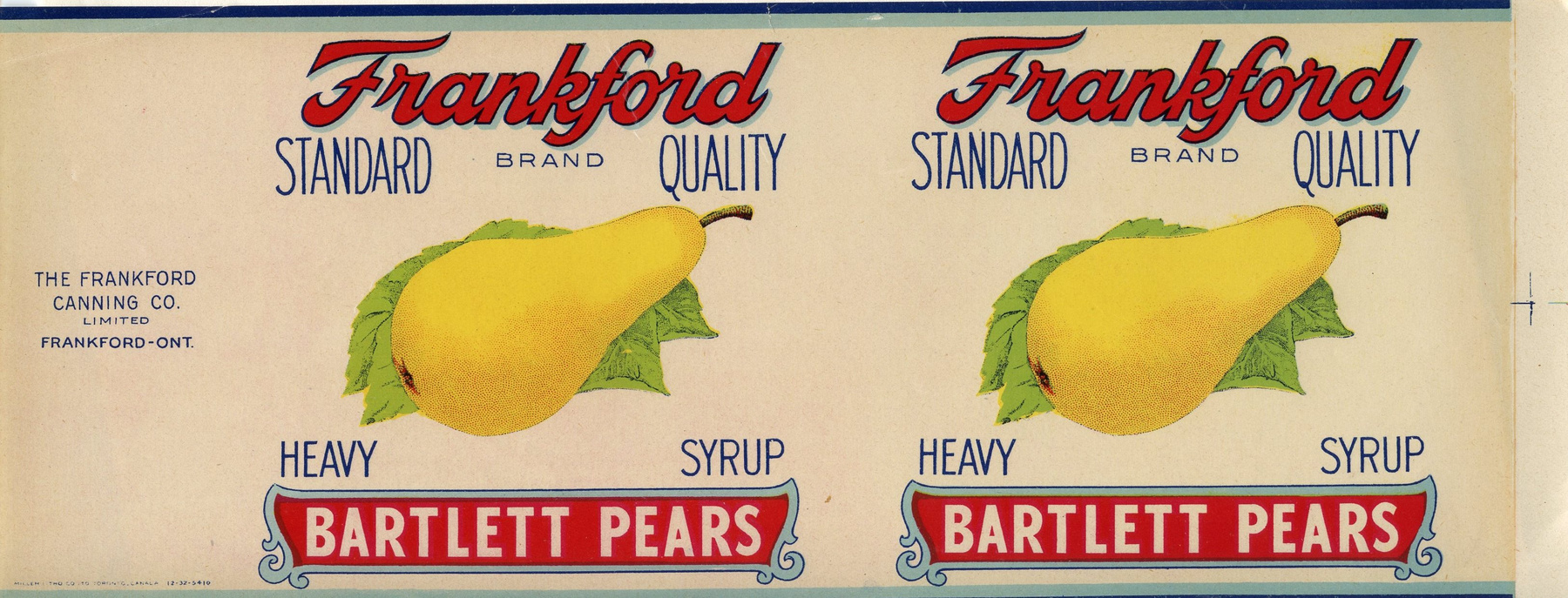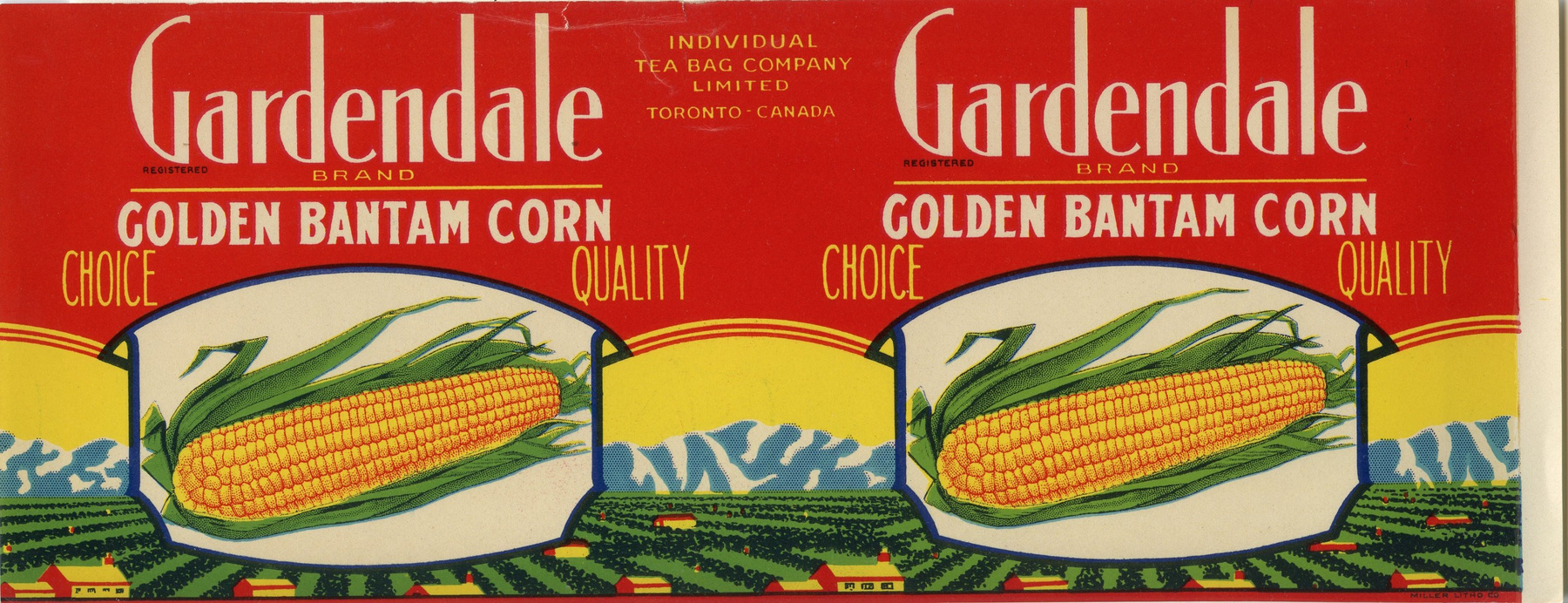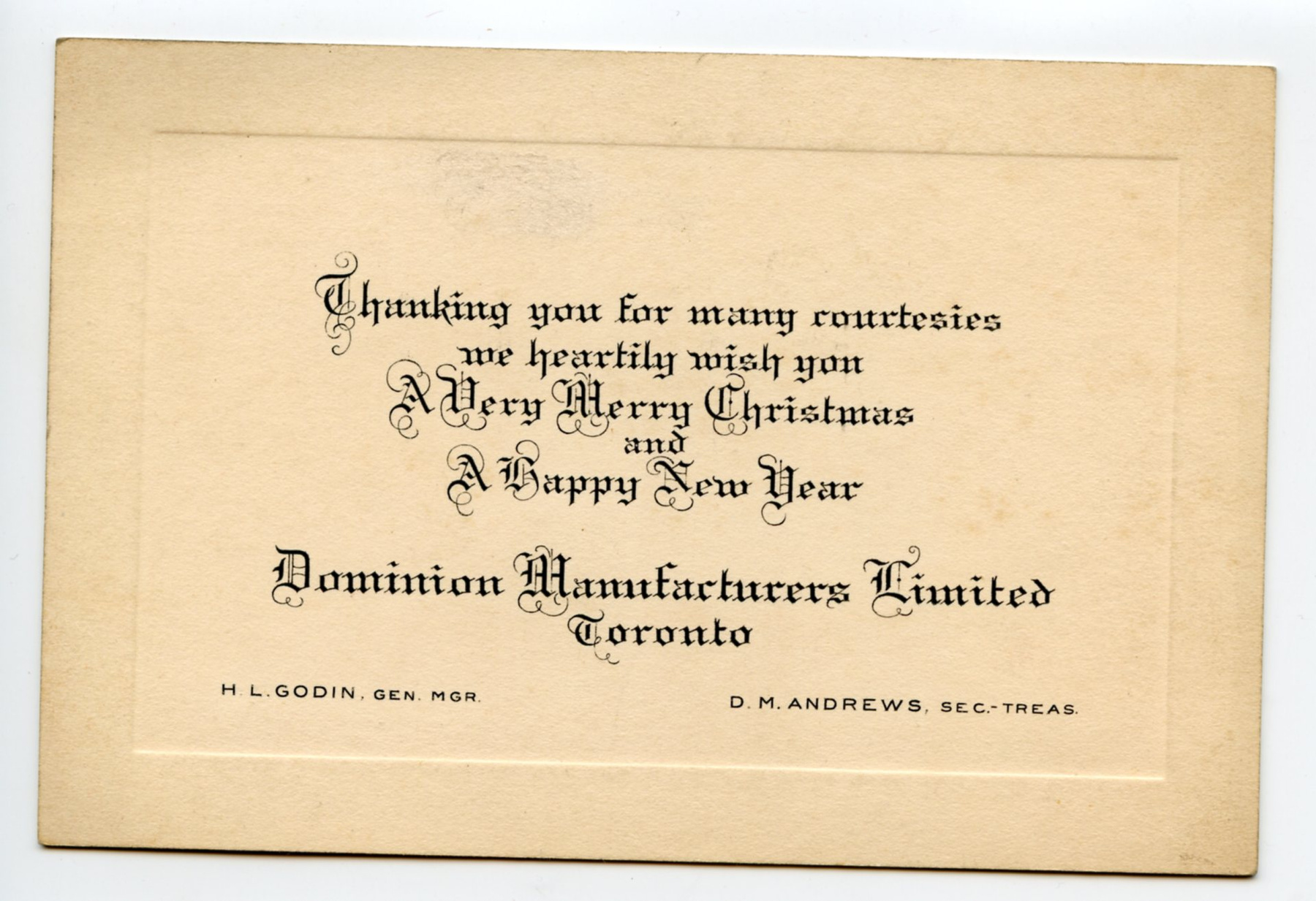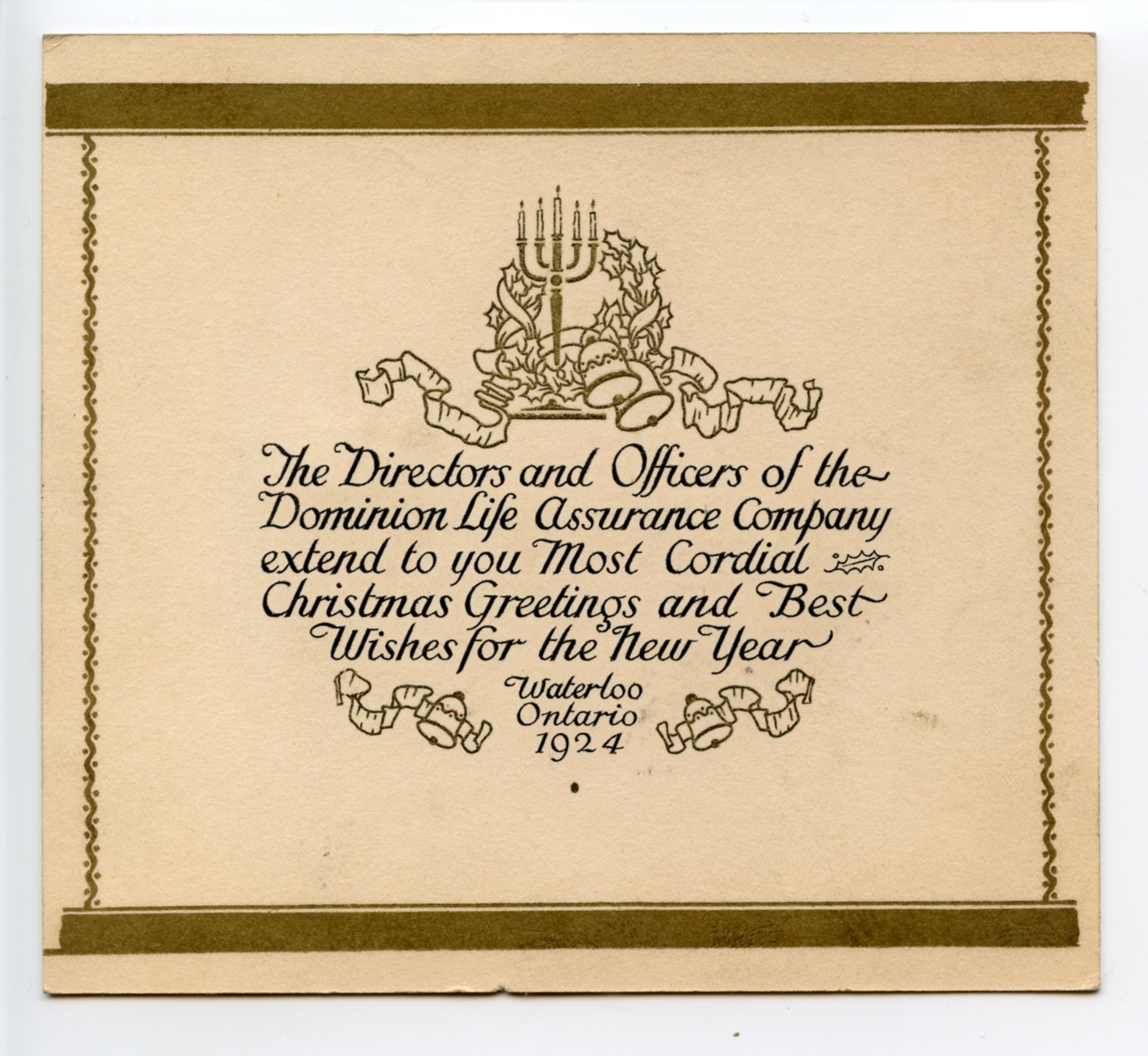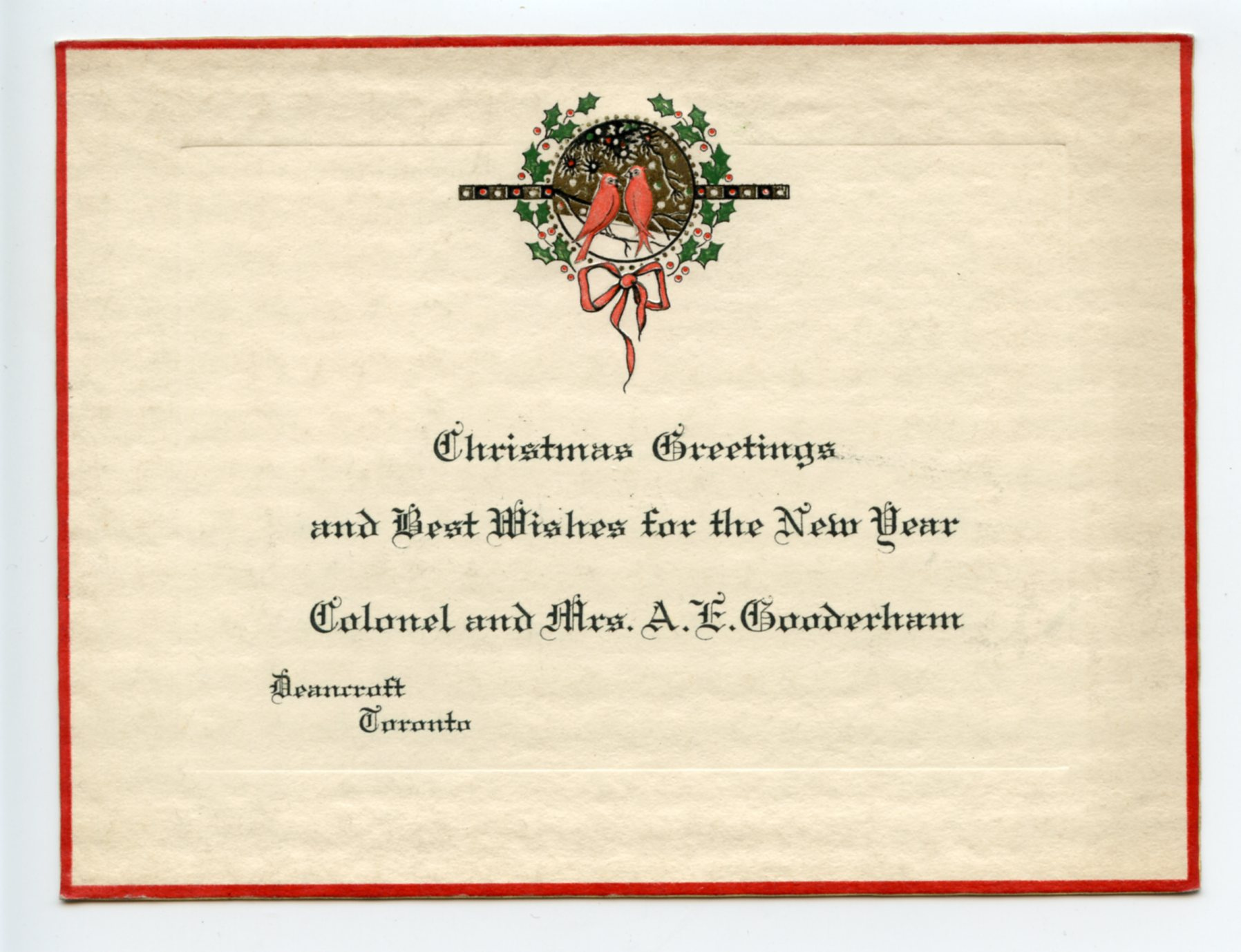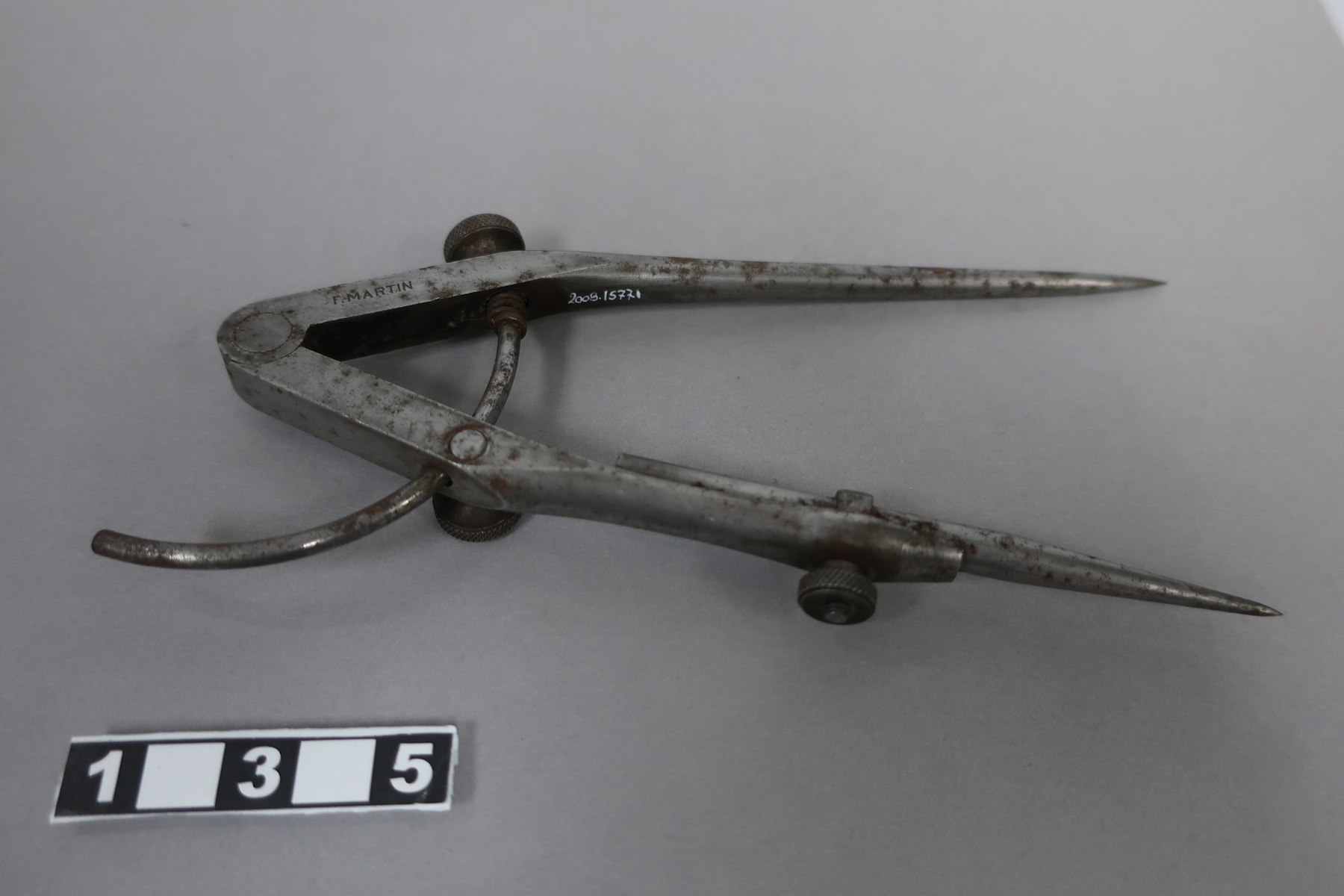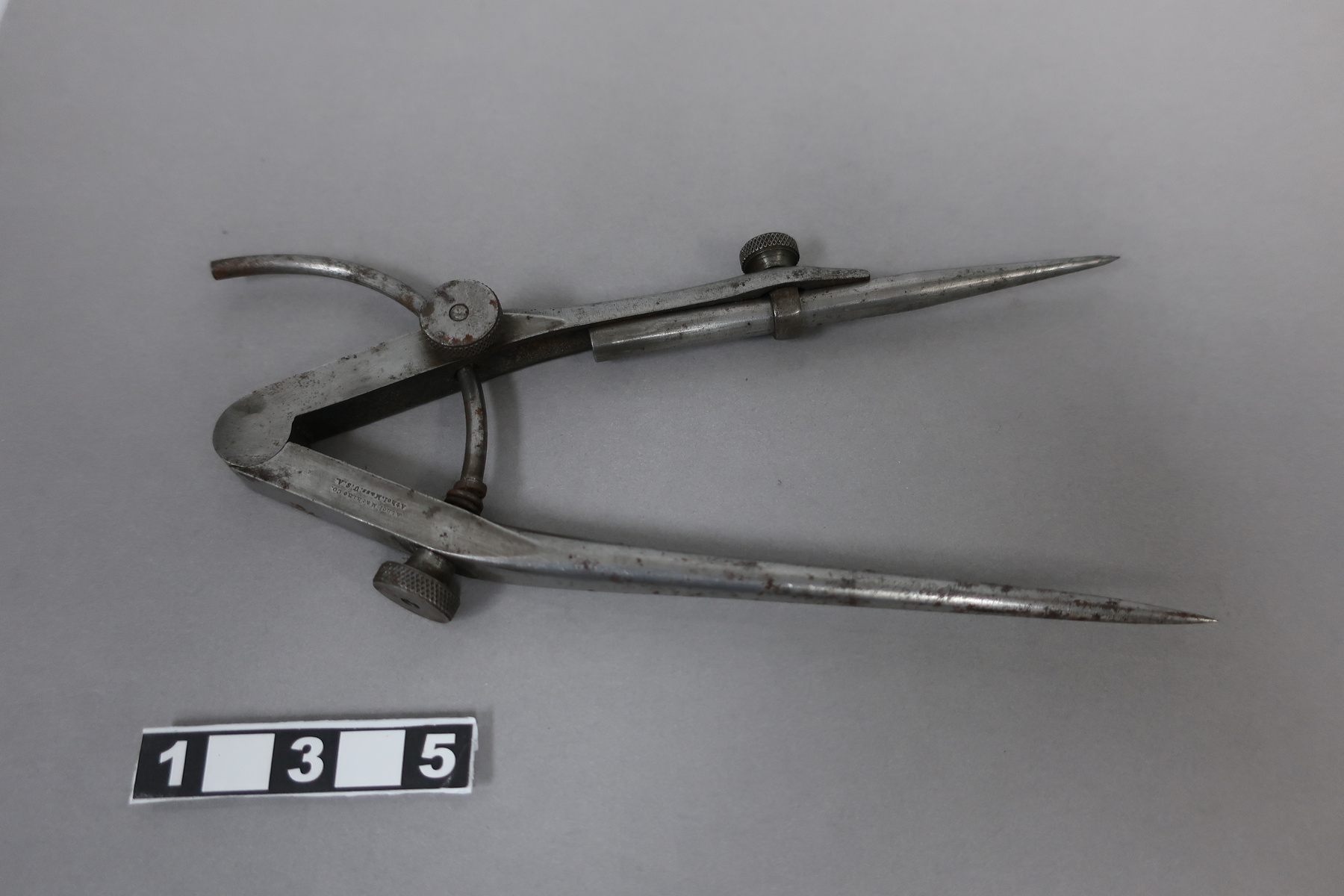Compas
Utiliser cette image
Puis-je réutiliser cette image sans autorisation? Oui
Les images sur le portail de la collection d’Ingenium ont la licence Creative Commons suivante :
Copyright Ingenium / CC BY-NC-ND (Attribution-NonCommercial 4.0 International (CC BY-NC 4.0)
ATTRIBUER CETTE IMAGE
Ingenium,
2008.1577.001
Permalien:
Ingenium diffuse cette image sous le cadre de licence Creative Commons et encourage son téléchargement et sa réutilisation à des fins non commerciales. Veuillez mentionner Ingenium et citer le numéro de l’artefact.
TÉLÉCHARGER L’IMAGEACHETER CETTE IMAGE
Cette image peut être utilisée gratuitement pour des fins non commerciales.
Pour un usage commercial, veuillez consulter nos frais de reproduction et communiquer avec nous pour acheter l’image.
- TYPE D’OBJET
- WING/ADJUSTABLE POINTS
- DATE
- Inconnu
- NUMÉRO DE L’ARTEFACT
- 2008.1577.001
- FABRICANT
- Inconnu
- MODÈLE
- Inconnu
- EMPLACEMENT
- Inconnu
Plus d’information
Renseignements généraux
- Nº de série
- S/O
- Nº de partie
- 1
- Nombre total de parties
- 1
- Ou
- S/O
- Brevets
- S/O
- Description générale
- ferrous metal
Dimensions
Remarque : Cette information reflète la taille générale pour l’entreposage et ne représente pas nécessairement les véritables dimensions de l’objet.
- Longueur
- 17,0 cm
- Largeur
- 7,4 cm
- Hauteur
- 1,7 cm
- Épaisseur
- S/O
- Poids
- S/O
- Diamètre
- S/O
- Volume
- S/O
Lexique
- Groupe
- Imprimerie
- Catégorie
- Clicherie
- Sous-catégorie
- S/O
Fabricant
- Ou
- Inconnu
- Pays
- Inconnu
- État/province
- Inconnu
- Ville
- Inconnu
Contexte
- Pays
- Inconnu
- État/province
- Inconnu
- Période
- Inconnu
- Canada
-
Taken from acquisition proposal: "This material consists of three trays or drawers of engraving tools (gravers, scrapers, burnishers, etc.), drawing instruments and stencils belonging to Frederick Martin, a Toronto engraver. Many of the tools are stamped with Martin’s name. Also included are three albums in which small engravings have been pasted. Mr. Alder has identified these as Frederick Martin’s sample books. Mr. Alder states that he salvaged this material while cleaning out the Rolph-Clark-Stone factory on Carlaw Ave., Toronto around 1950. According to entries in the Toronto City Directory, Frederick Martin was active as an engraver and lithographer between 1889 and 1939, employed for the first 25 years or so with Rolph, Smith and Rolph & Clark. By 1919 he was working for Robinson & Colby and by 1927 for Artistic Stationery, with whom he was employed until at least 1939. Martin resided at 457 Wellesley Street East from around 1910 to 1954, the last year for which his name appears in the Toronto directory. We have not been able to reconcile Martin’s employment history with the story told by Mr. Alder. Though it is possible that Martin left the tools and the albums when he left the employment of Rolph & Clark some time before 1919, it seems unlikely that a working tradesman would have done so." - Fonction
-
Used to make porportional measurements. - Technique
-
Taken from acquisition proposal: "These acquisitions represent the production processes in commercial engraving and lithography from the late 19th century through to the mid-20th century. The Frederick Martin tools and the gravure plates represent the craft of copper plate engraving in its traditional form. This consisted of cutting a design into the polished face of the plate, either exclusively with hand tools or with some degree of etching. After the plate was inked and thoroughly wiped, ink remained in these low lying areas. This ink was transferred to the paper when plate and paper were placed under pressure in a press (e.g. the Kelton press). The Frederick Martin tools include devices used both in engraving (gravers, scrapers and burnishers) and in etching (hand clamp). Engravers were assisted by the ruling machine to expedite laying down parallel lines and the pantograph (e.g. 1969.1286) to facilitate copying from a drawing, original plate, or master template. While no evidence of these devices is found among the Frederick Martin tools, it is likely that some of the plates were produced at least partly with them. Lithography is a process that does not rely on an elevated or recessed area to carry ink on the plate. Instead, in traditional lithography the image is applied to a polished, fine grained slab of limestone with a grease based ink. The stone is then dampened with water so that the stone can be repeatedly reinked without ink adhering to the nongreasy portions of the stone. The stones and early label specimens in the Art Alder collection represent this traditional form of lithography. The image was drawn on the stone directly with pen and grease pencil or by scratching through a gum coating to expose the ink absorbing stone in selected areas. Generally, these small stones carrying the original image were not placed in the press. Instead, images from several were applied to a final press stone by the use of transfer paper. It is this type of small, transfer stone that we are acquiring. In colour, or chromo-, lithography, a separate stone was required for each colour, with the sheet passing through the press several times to built up the final image. One of the most valuable items in the Art Alder acquisition is a progressive series of proofs for a multi-coloured label for the Niagara Falls Canning Co. By 1940, stone lithography and the transfer process had been superseded in most applications by offset lithography, in which the image carrier was a flexible metal plate wrapped around an impression cylinder. Image transfer to the plate by 1940 was largely by photographic means. Some of the label specimens we are acquiring clearly are the product of this photographic process." - Notes sur la région
-
Inconnu
Détails
- Marques
- Engraved print reads "Athol Machine Co./ Athol, Mass. U.S.A.". Encraved on reverse side "F. MARTIN".
- Manque
- Appears complete.
- Fini
- Ferrous metal; there are three adjustable nuts, one is for a leg.
- Décoration
- S/O
FAIRE RÉFÉRENCE À CET OBJET
Si vous souhaitez publier de l’information sur cet objet de collection, veuillez indiquer ce qui suit :
Fabricant inconnu, Compas, Date inconnue, Numéro de l'artefact 2008.1577, Ingenium - Musées des sciences et de l'innovation du Canada, http://collection.ingeniumcanada.org/fr/id/2008.1577.001/
RÉTROACTION
Envoyer une question ou un commentaire sur cet artefact.
Plus comme ceci
